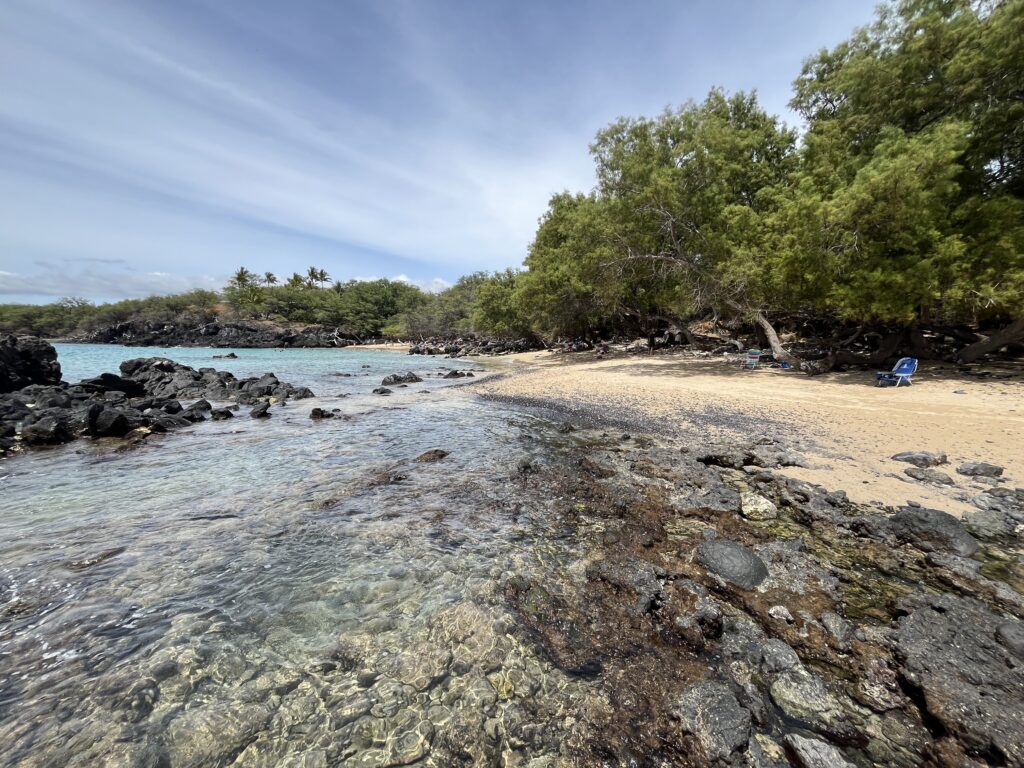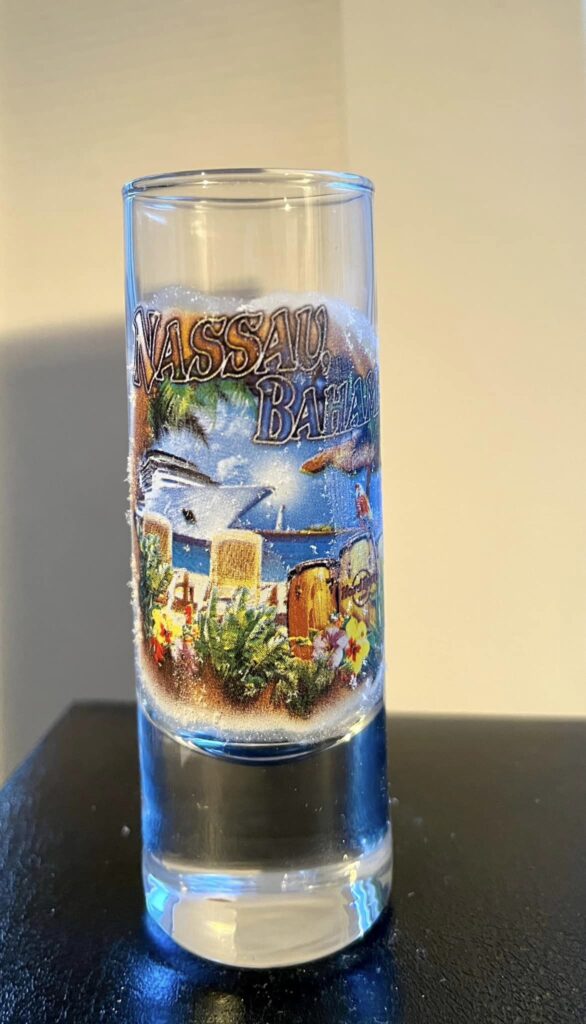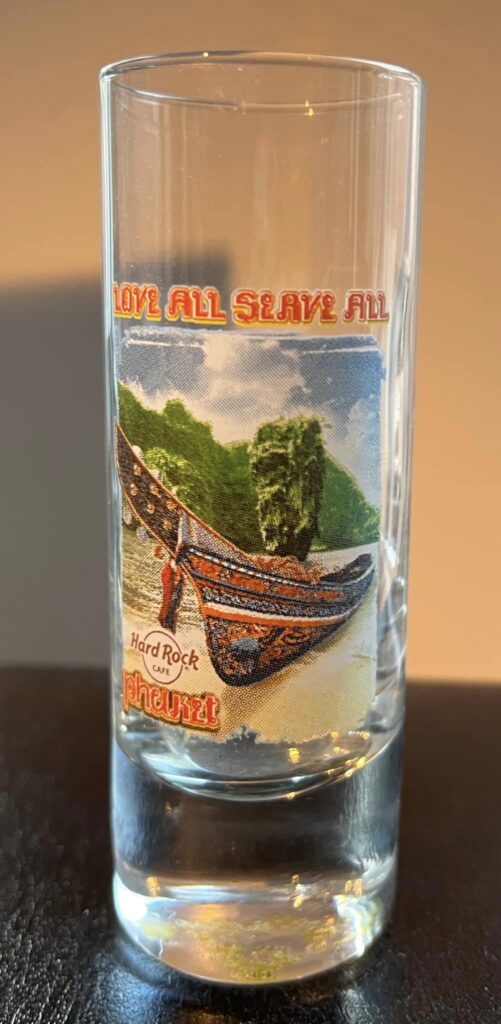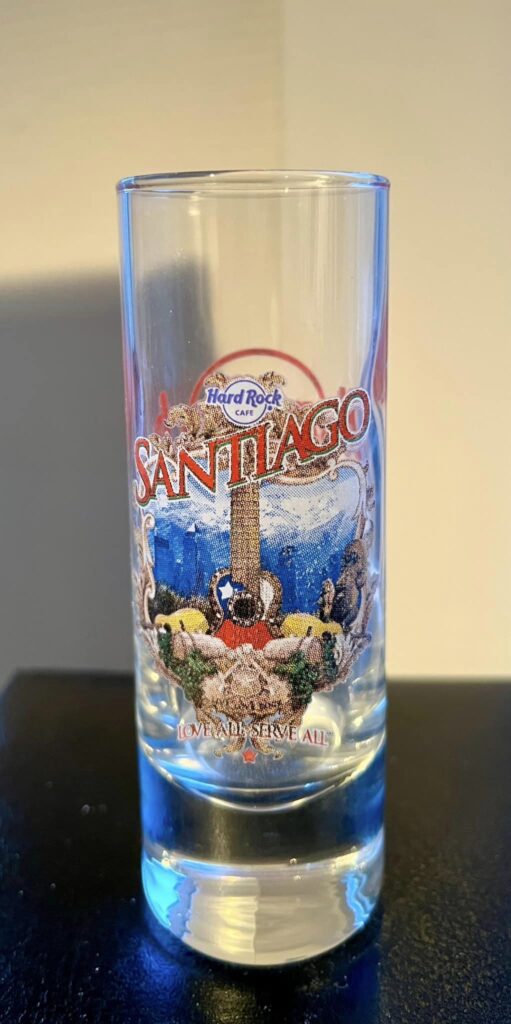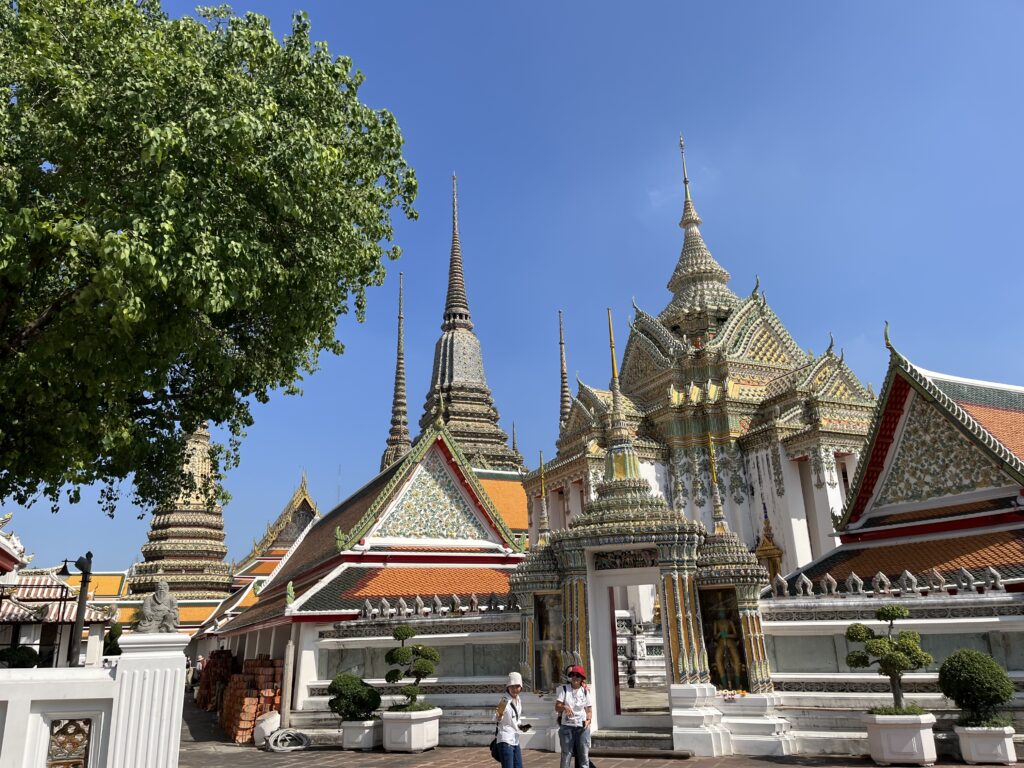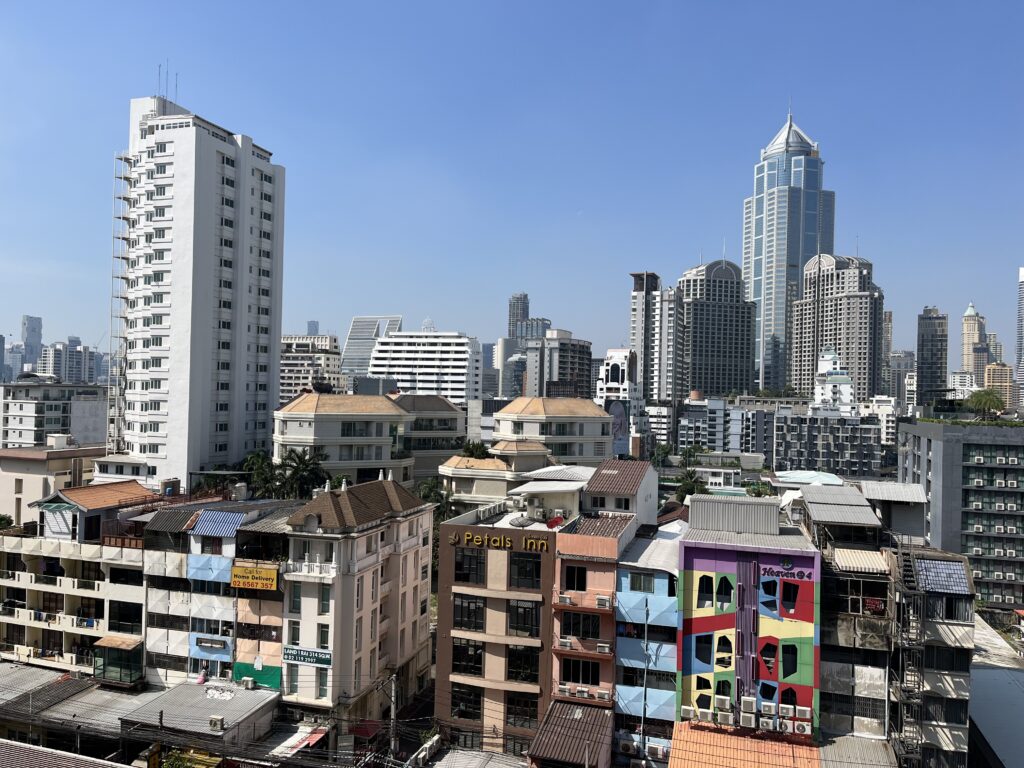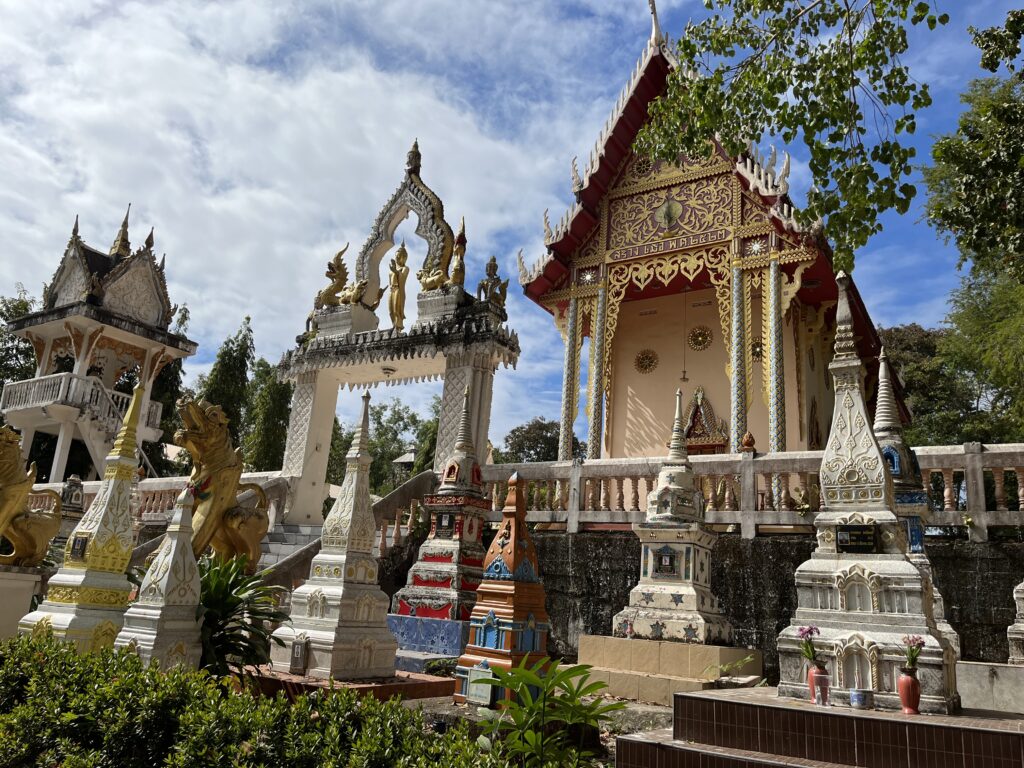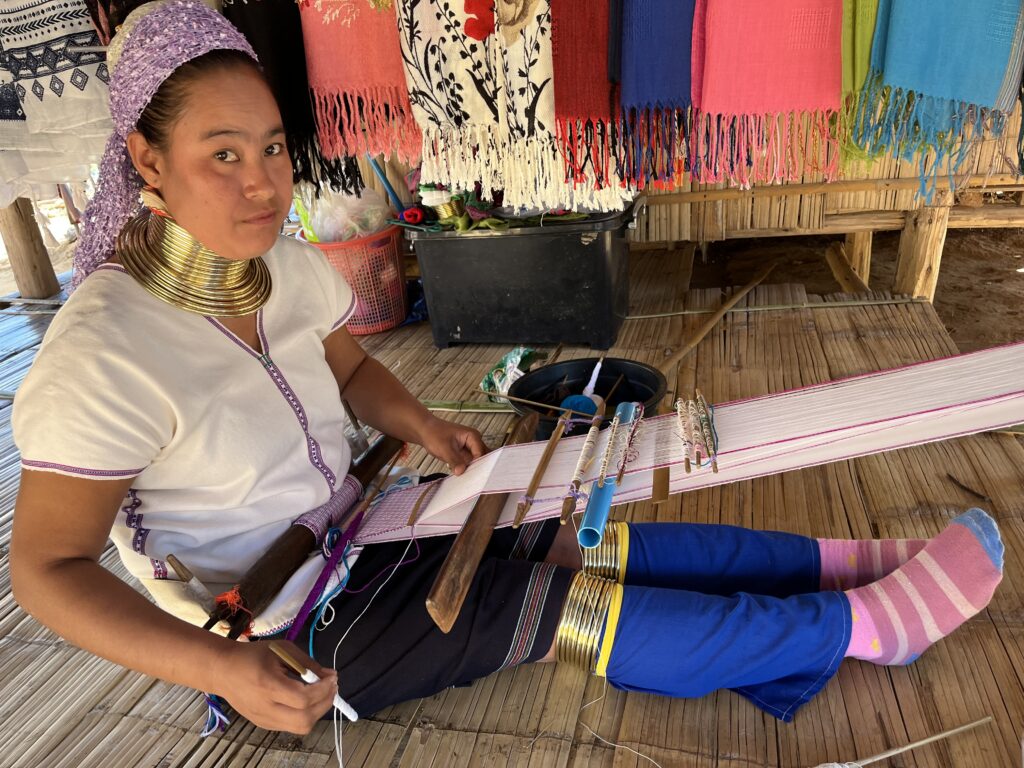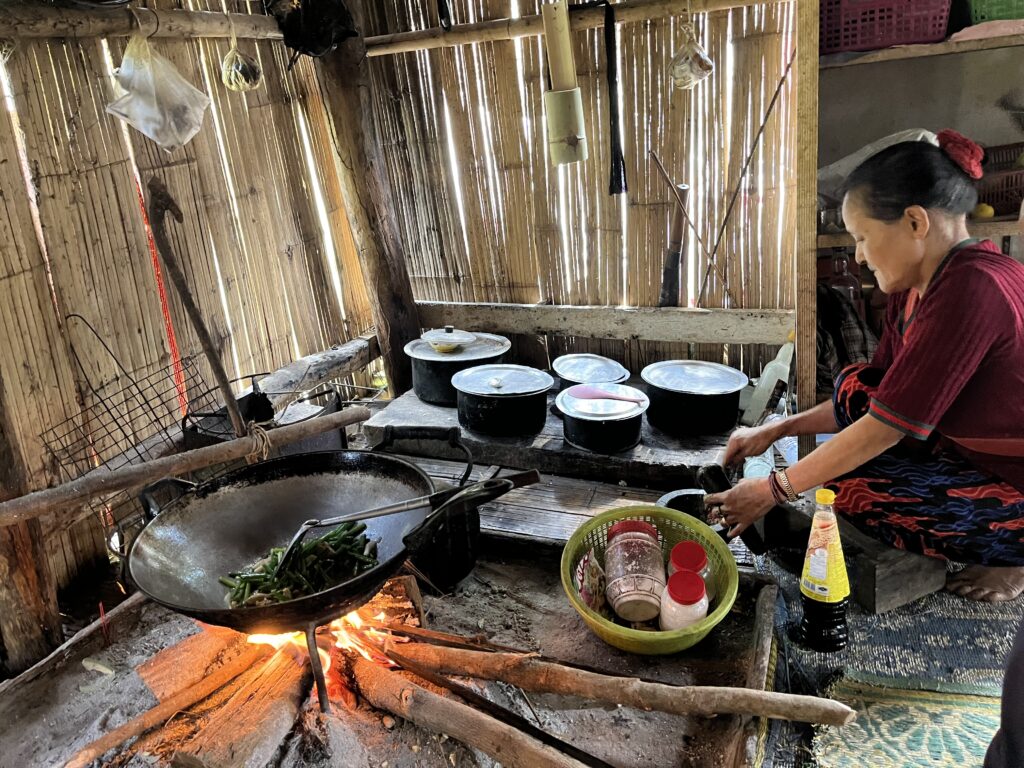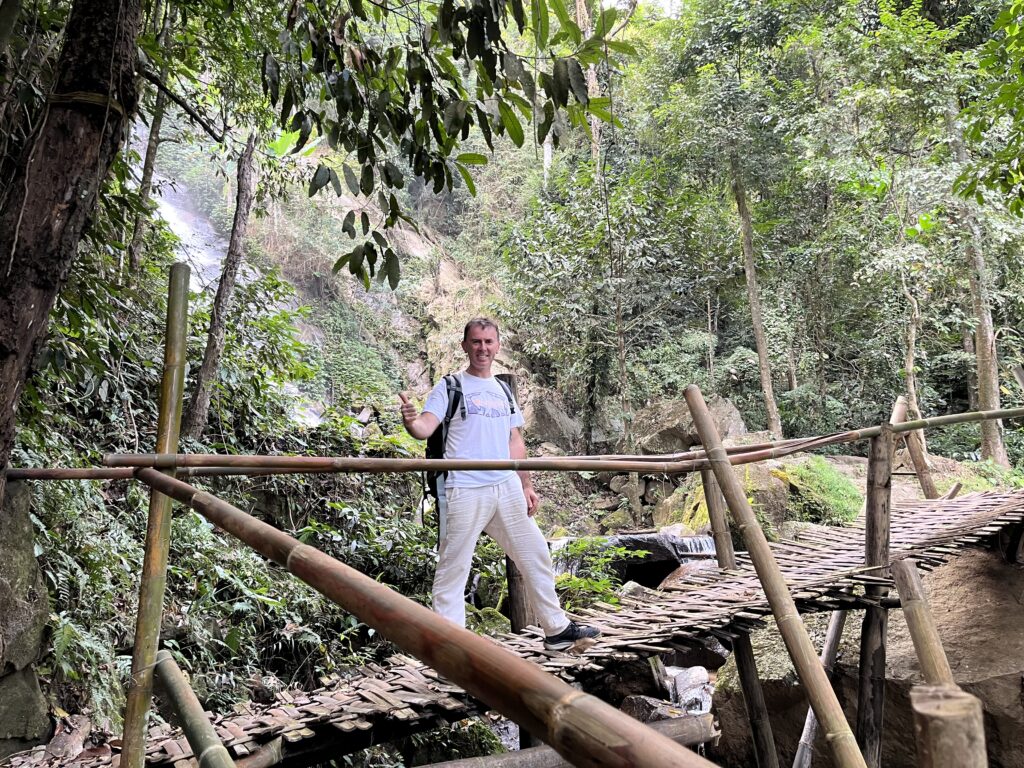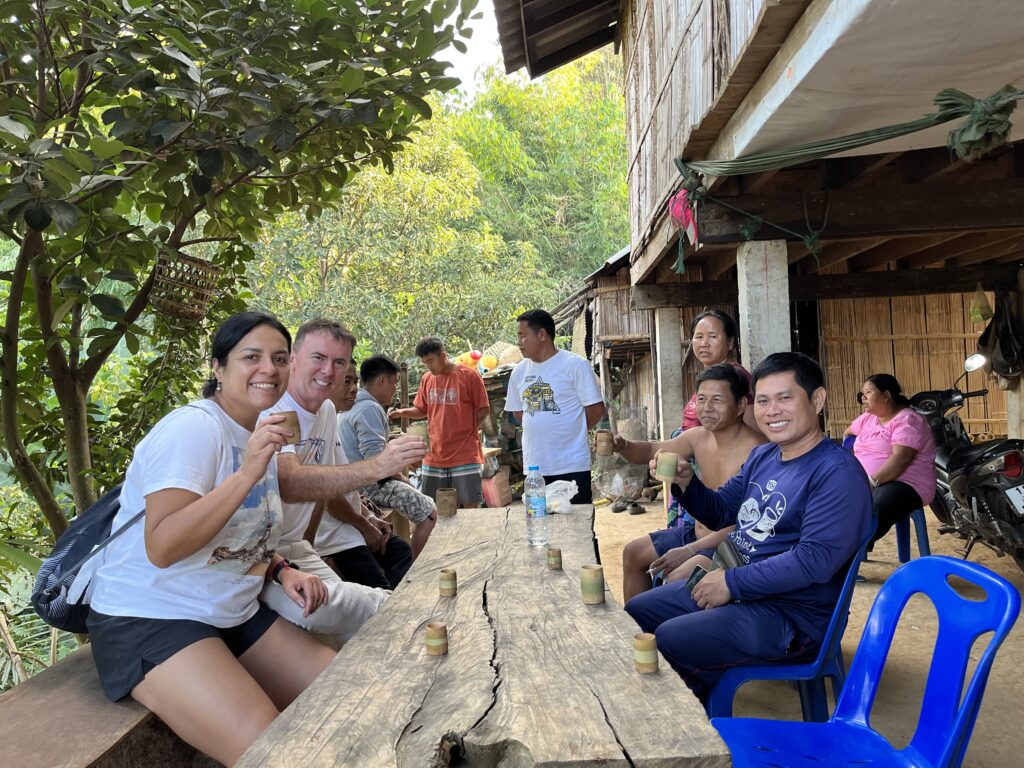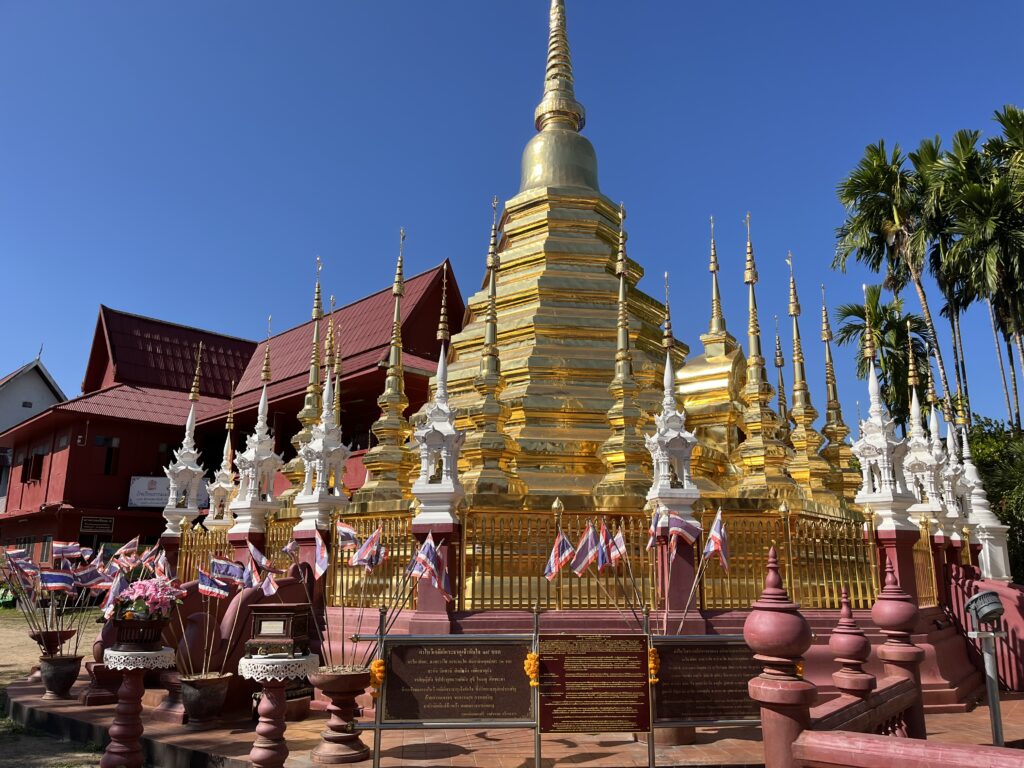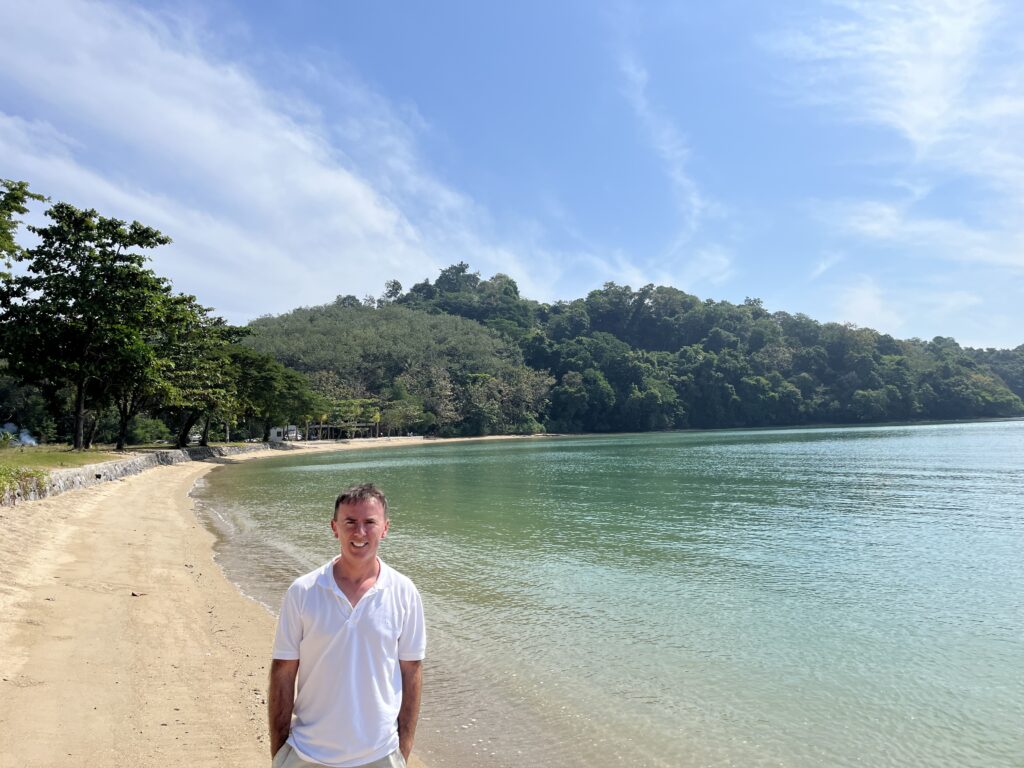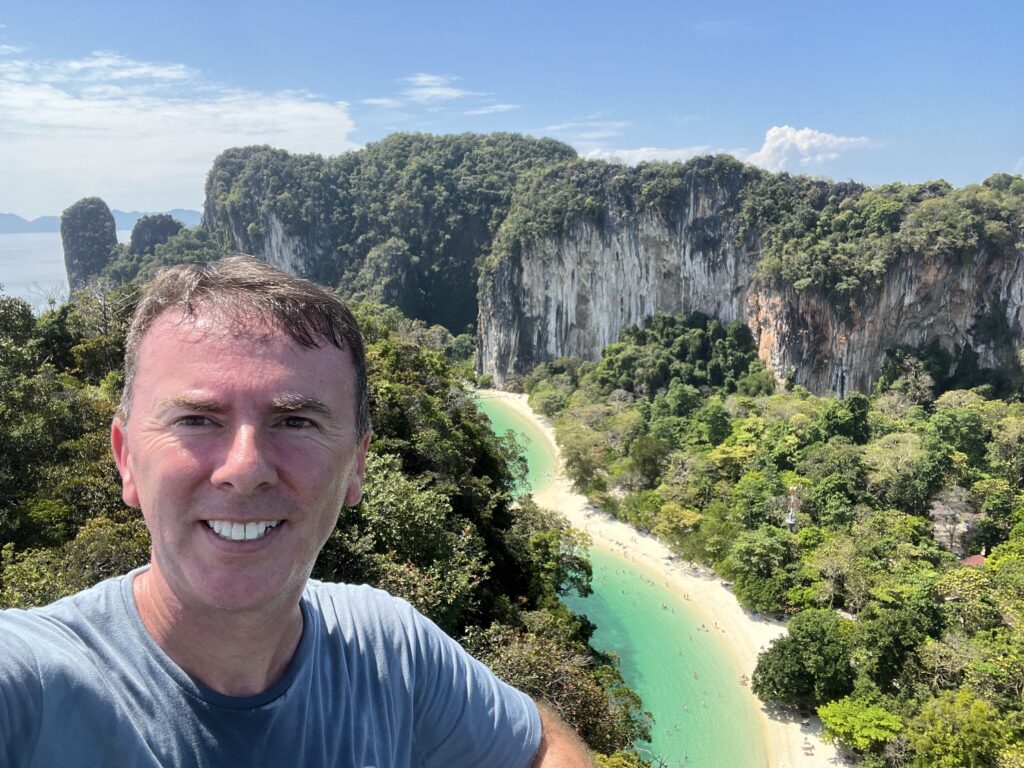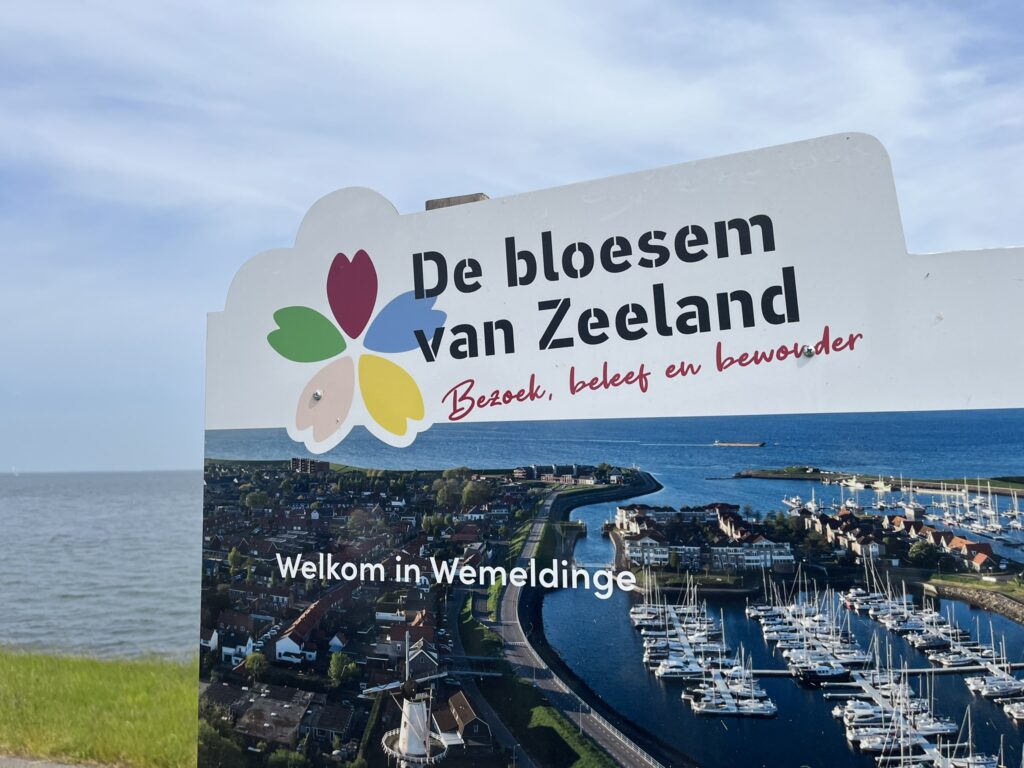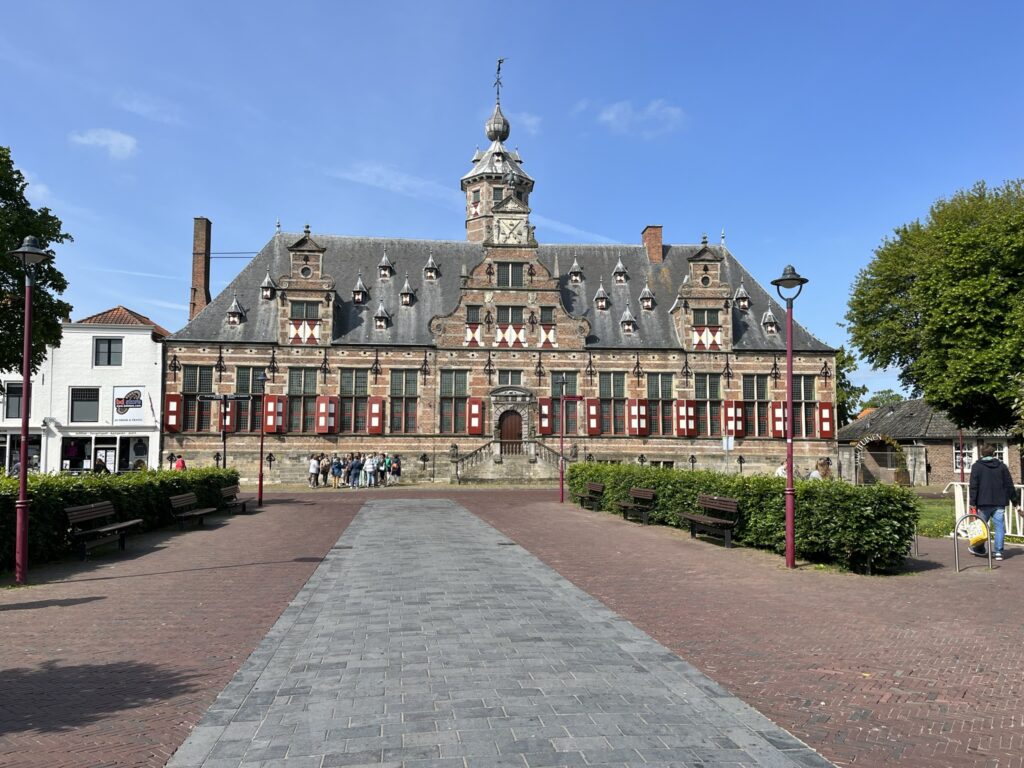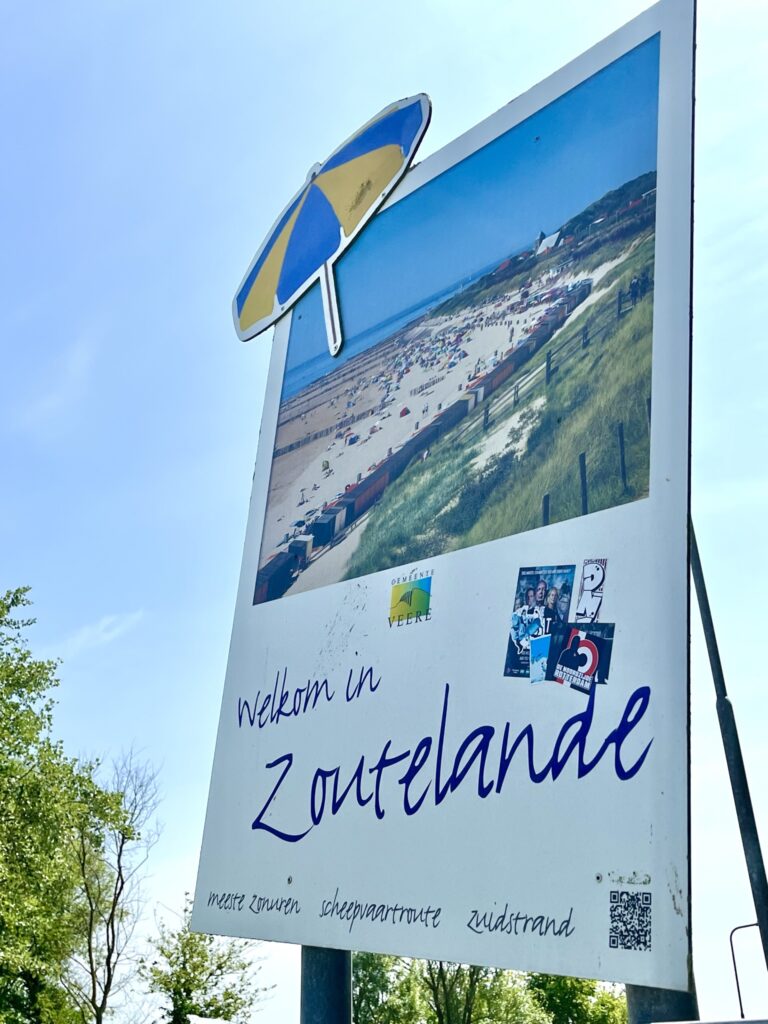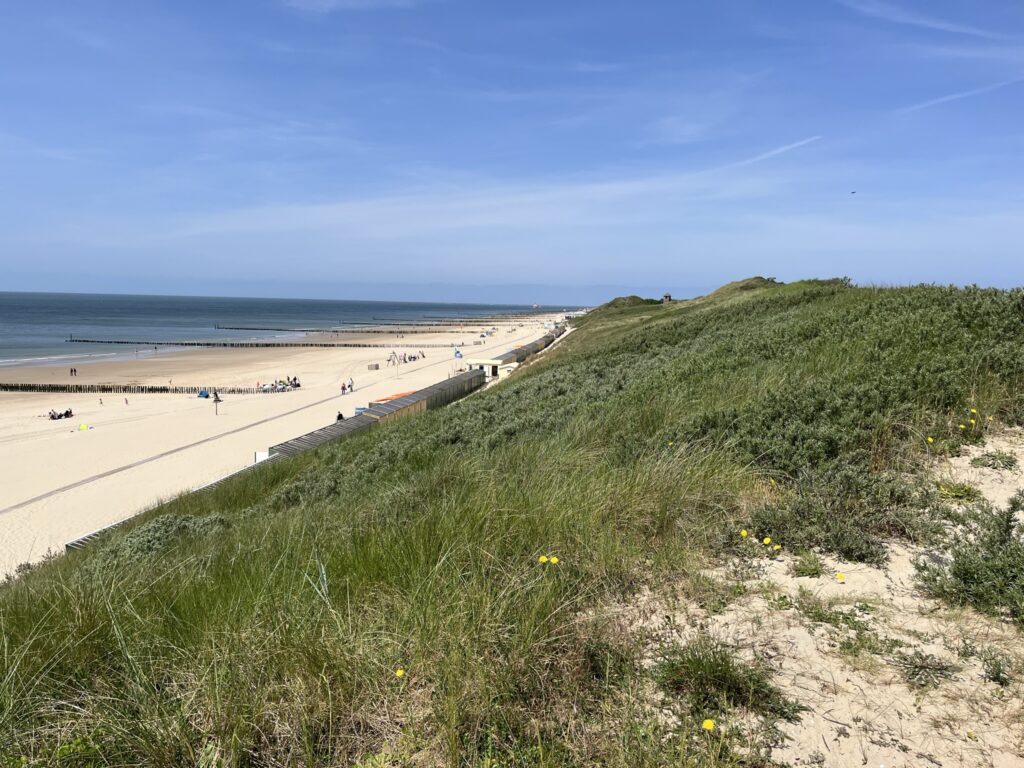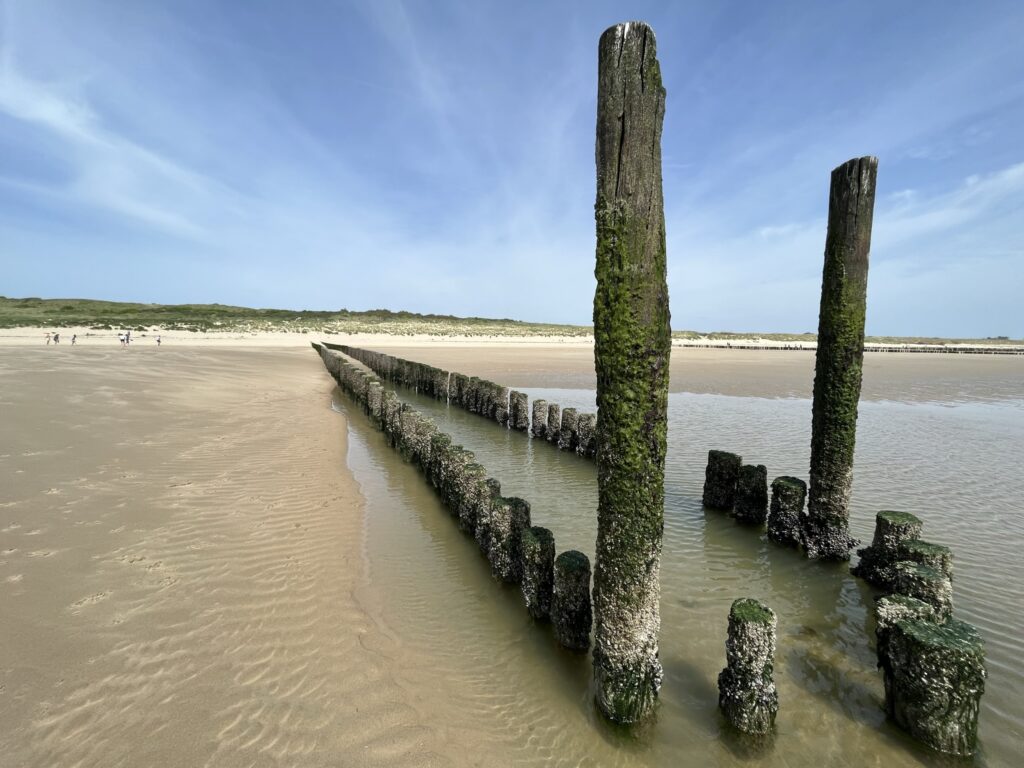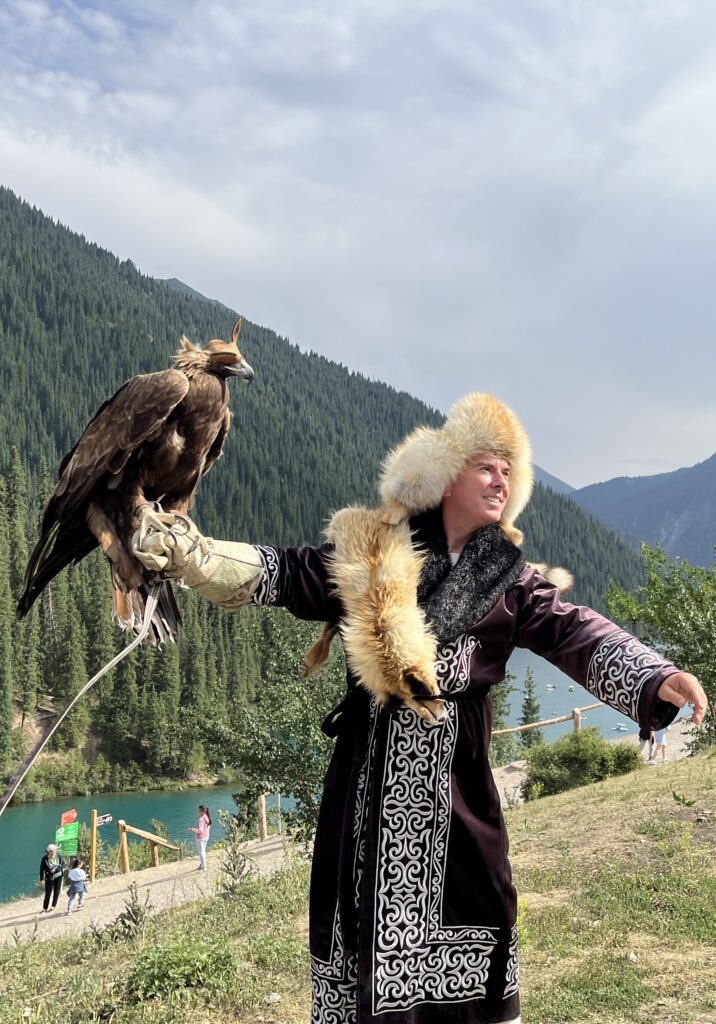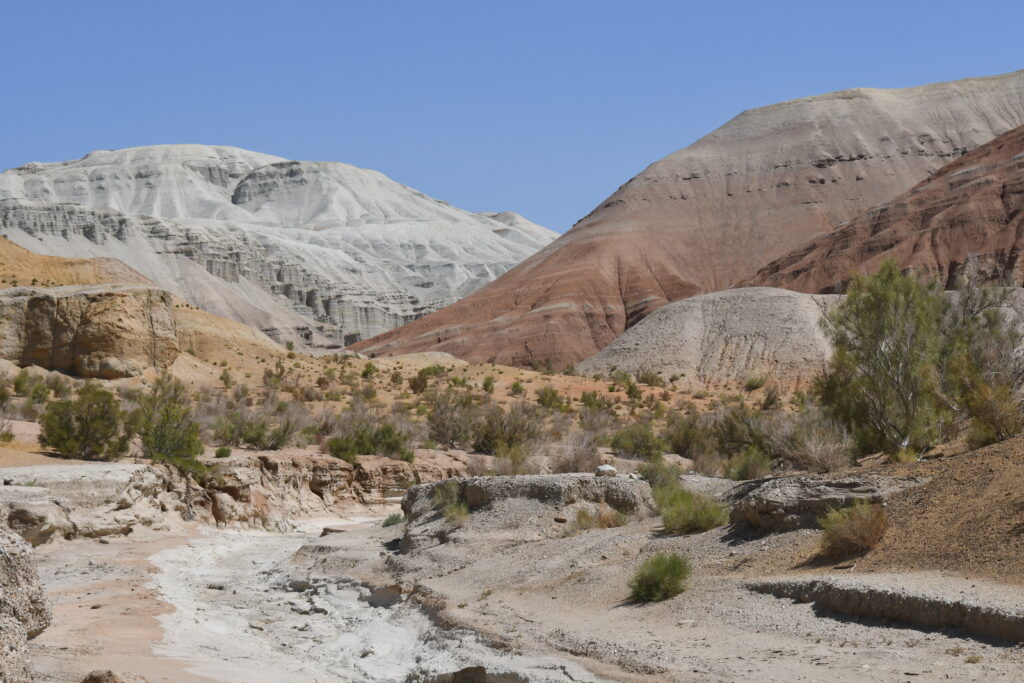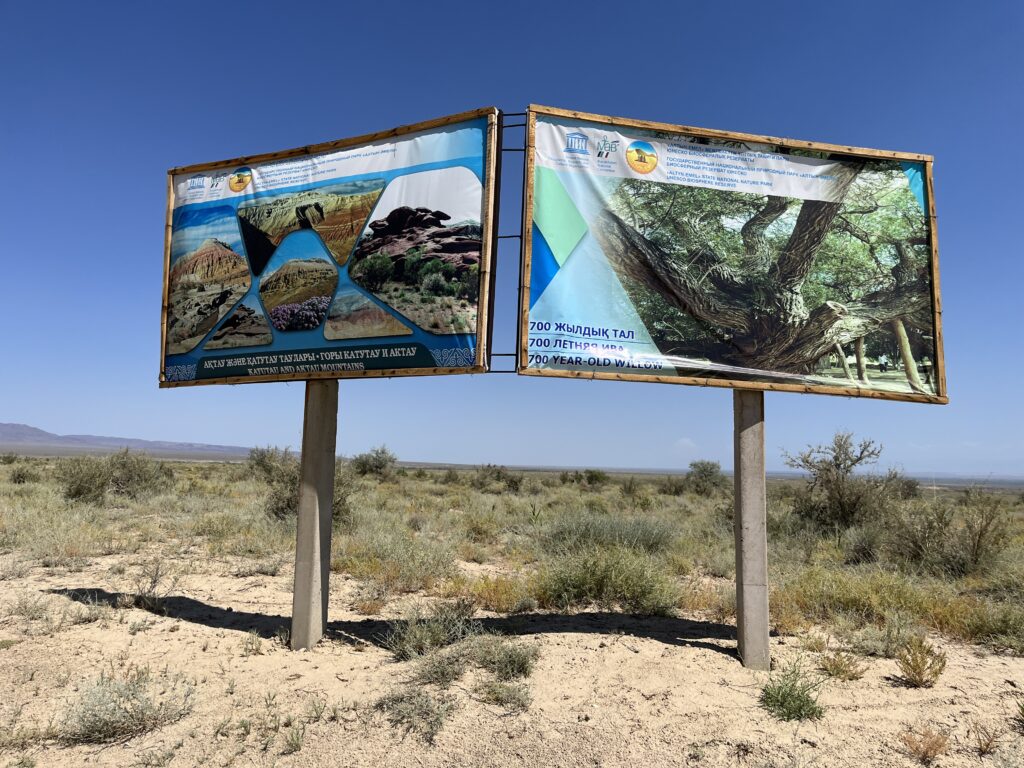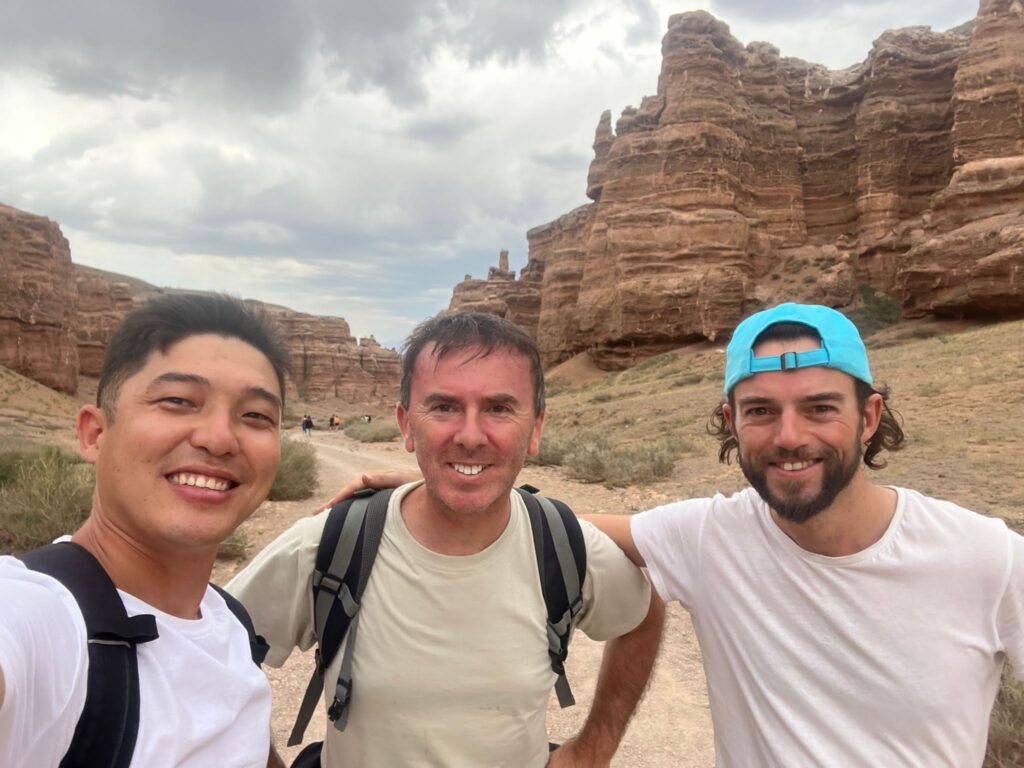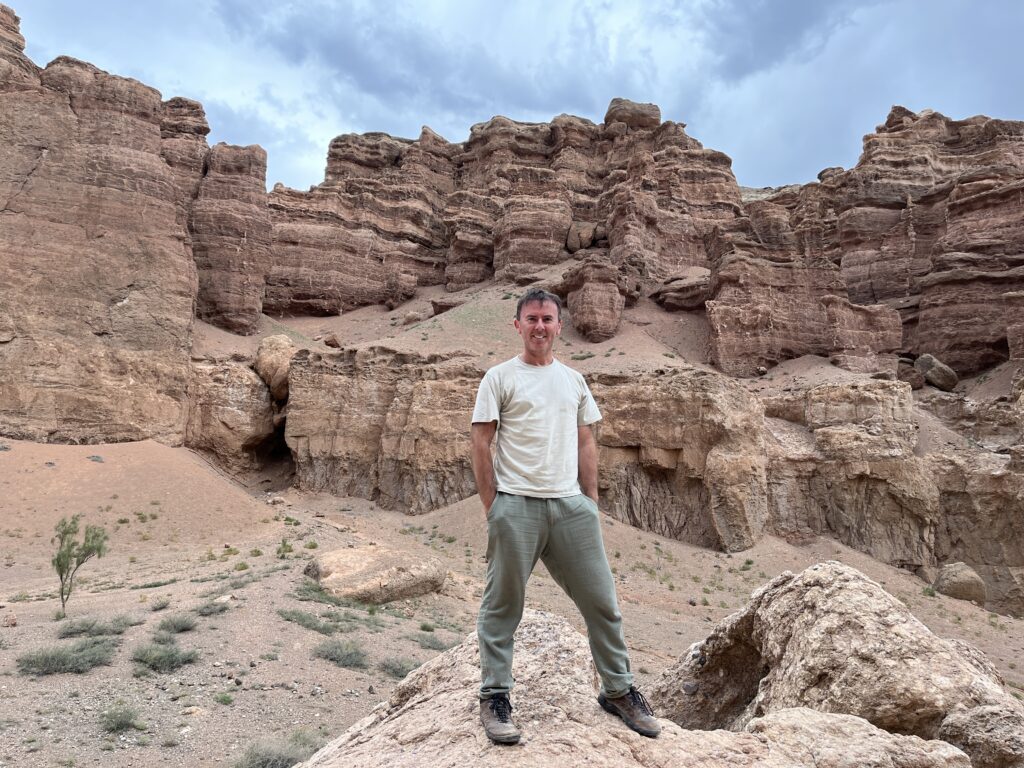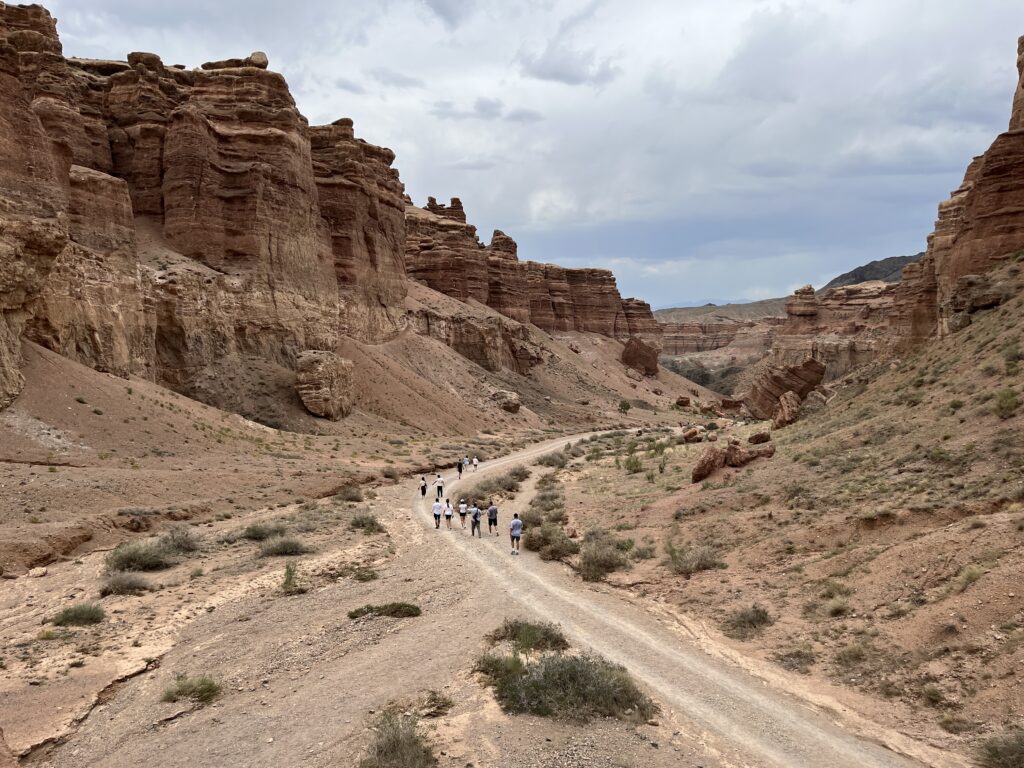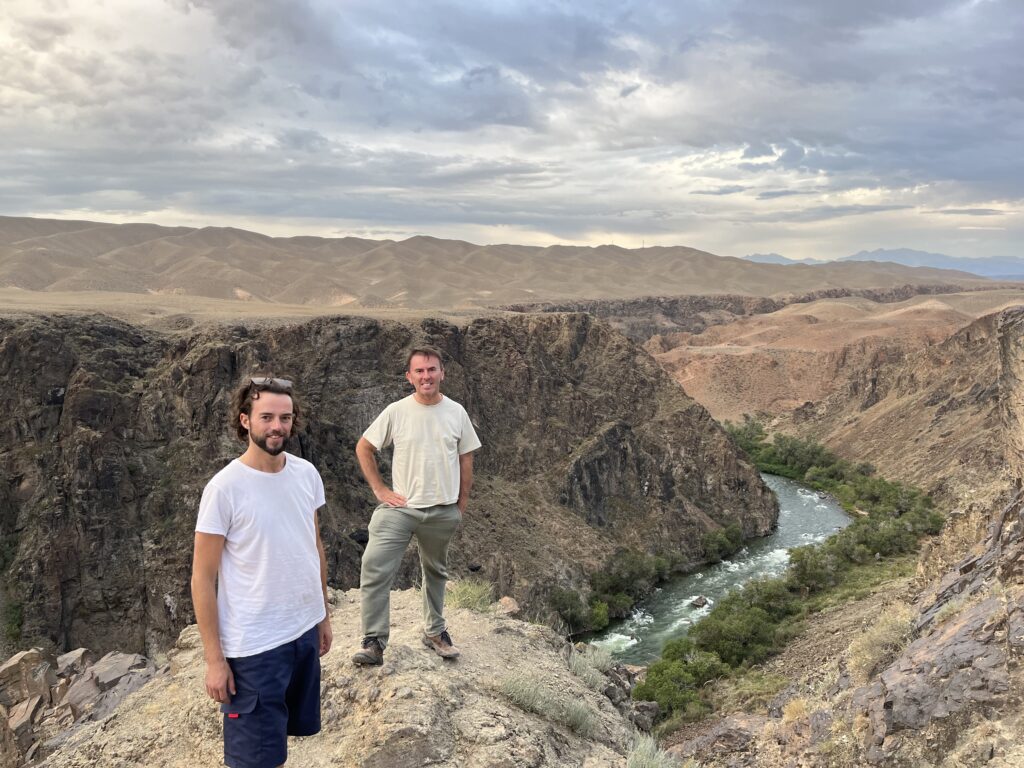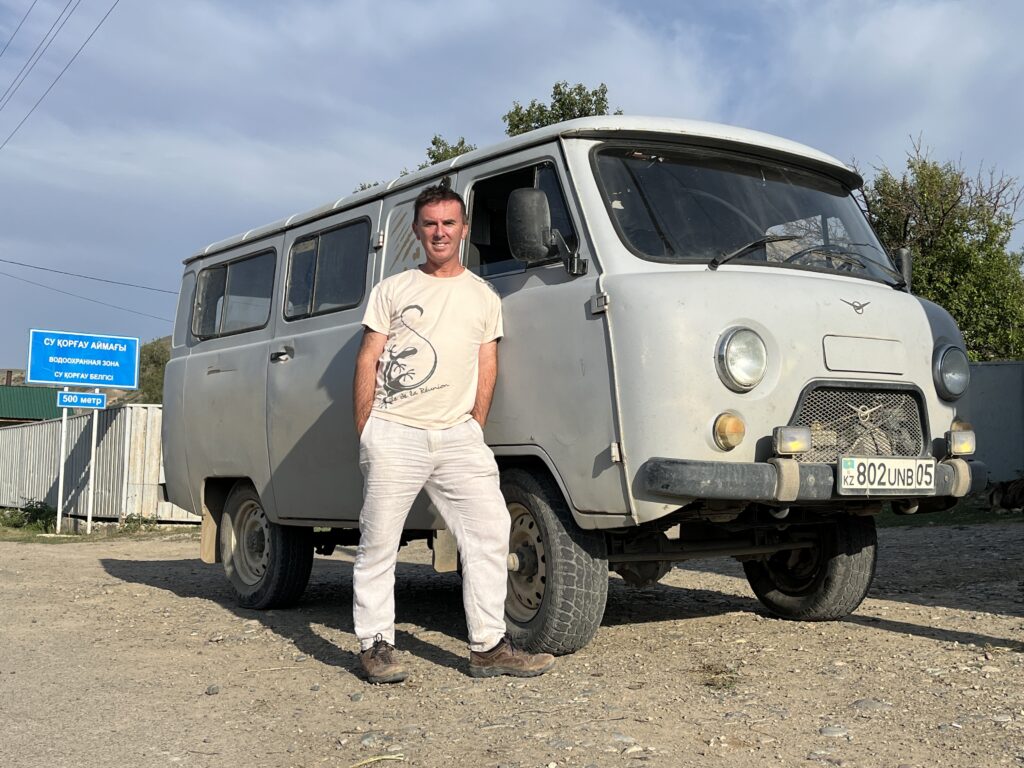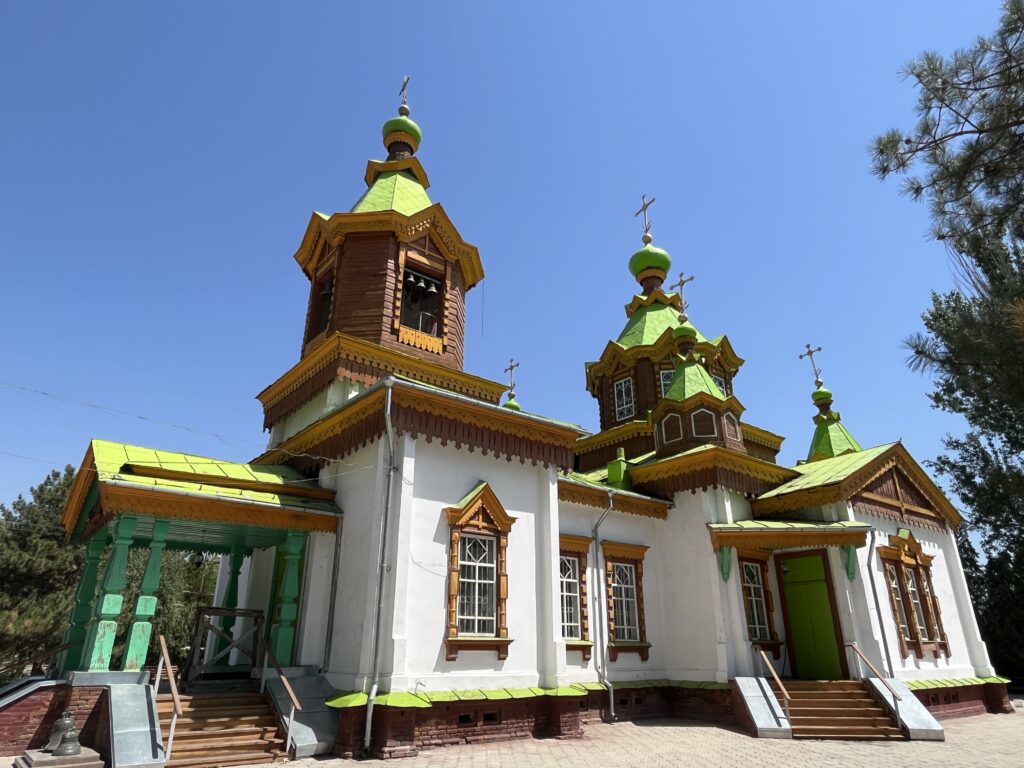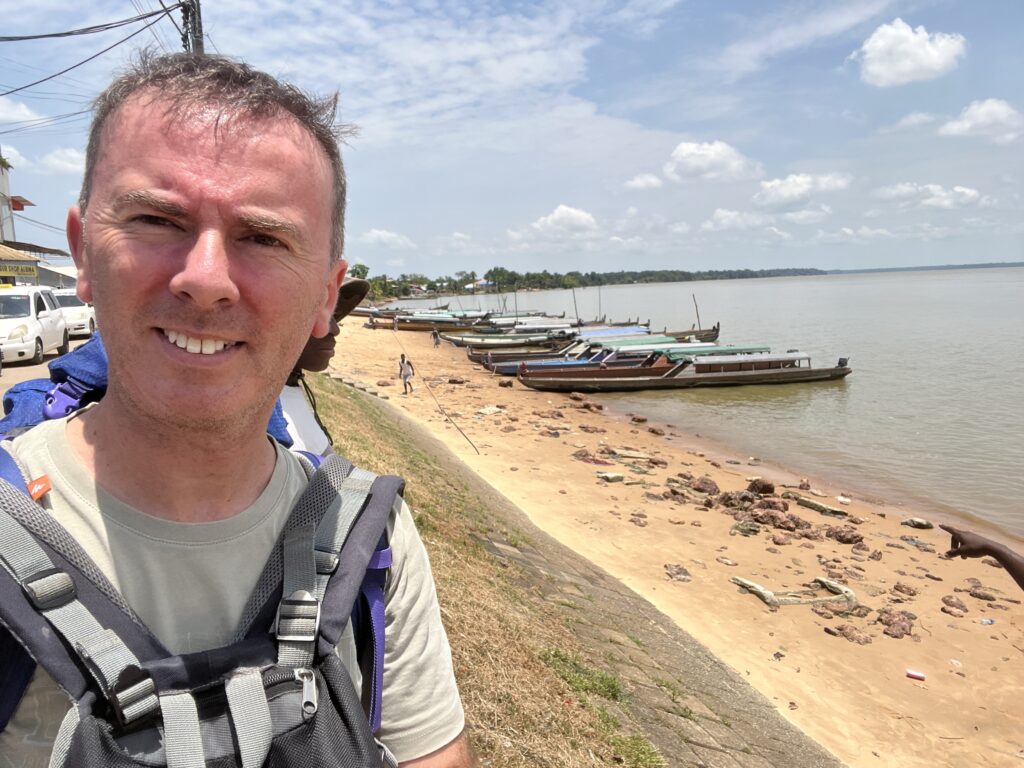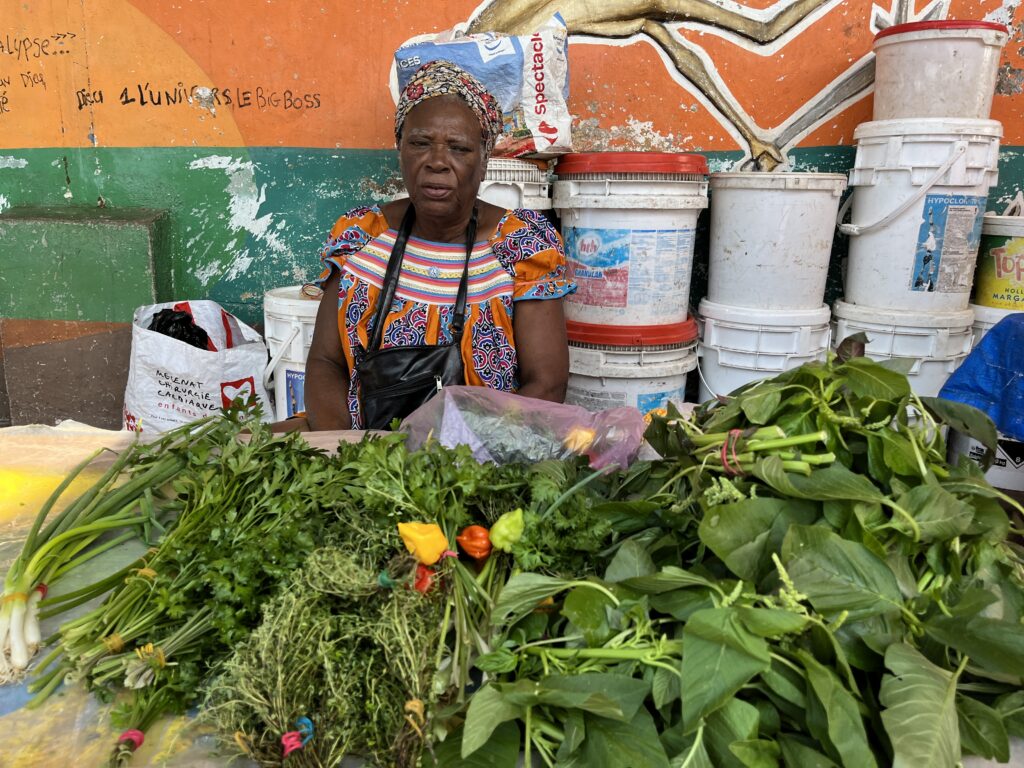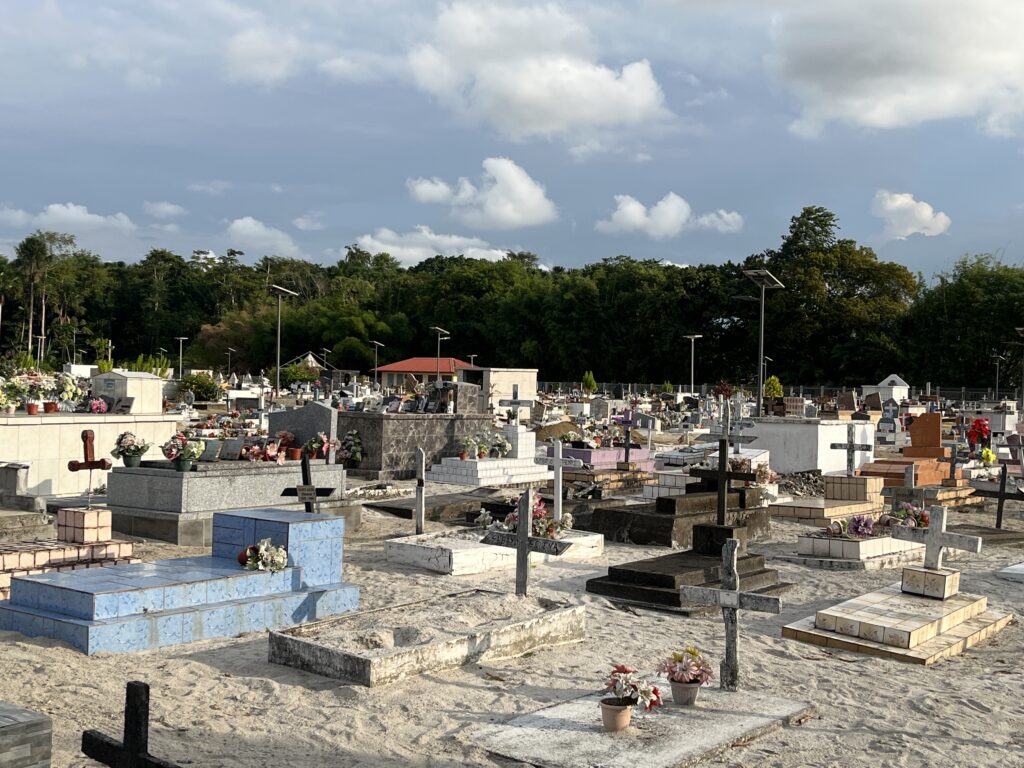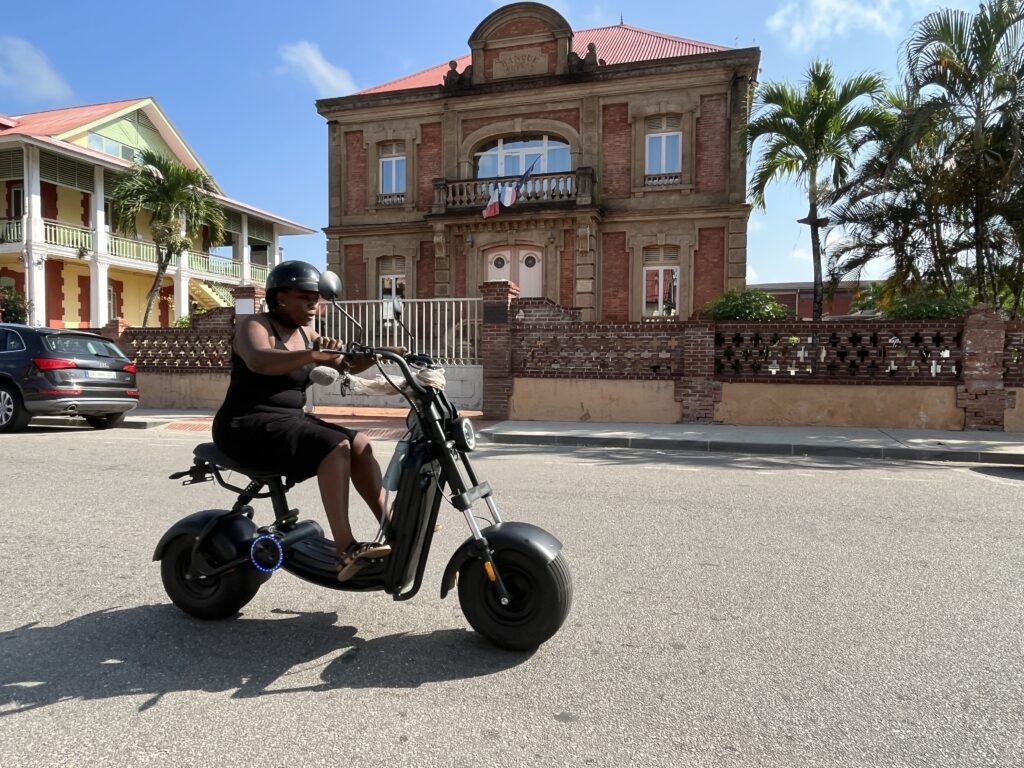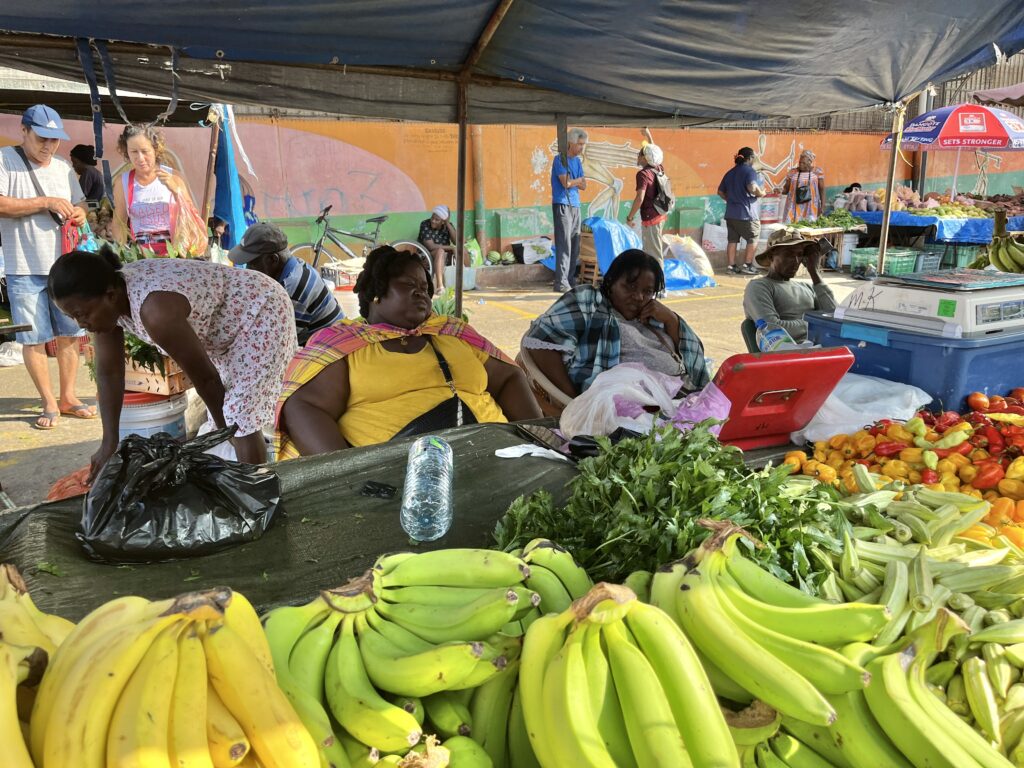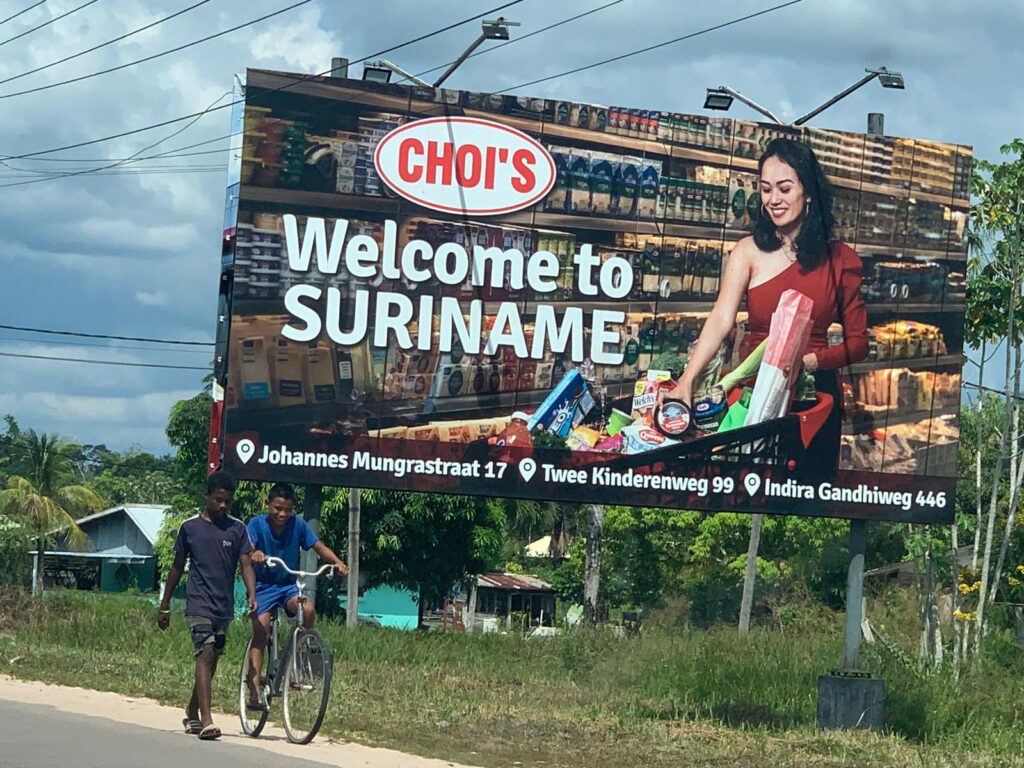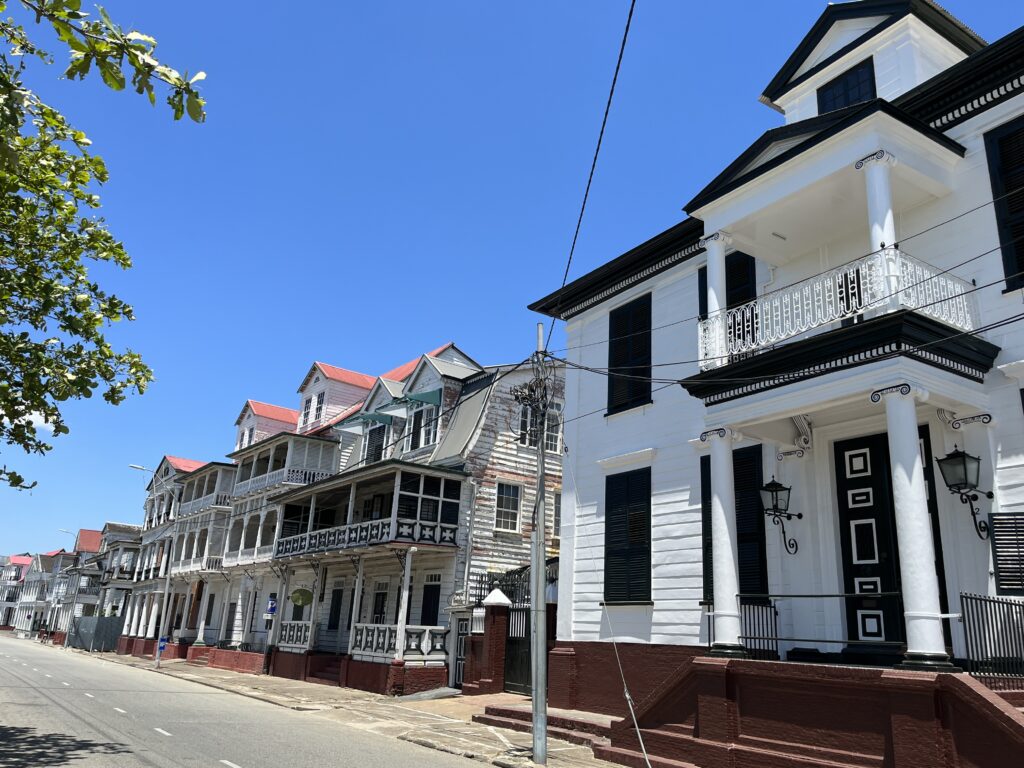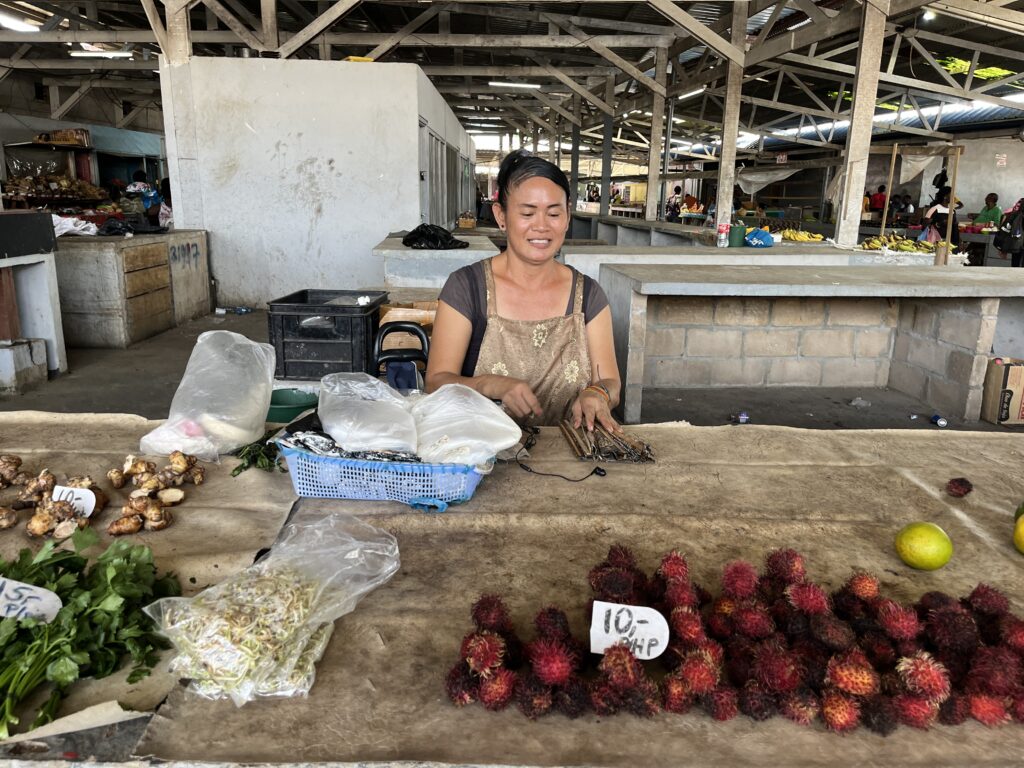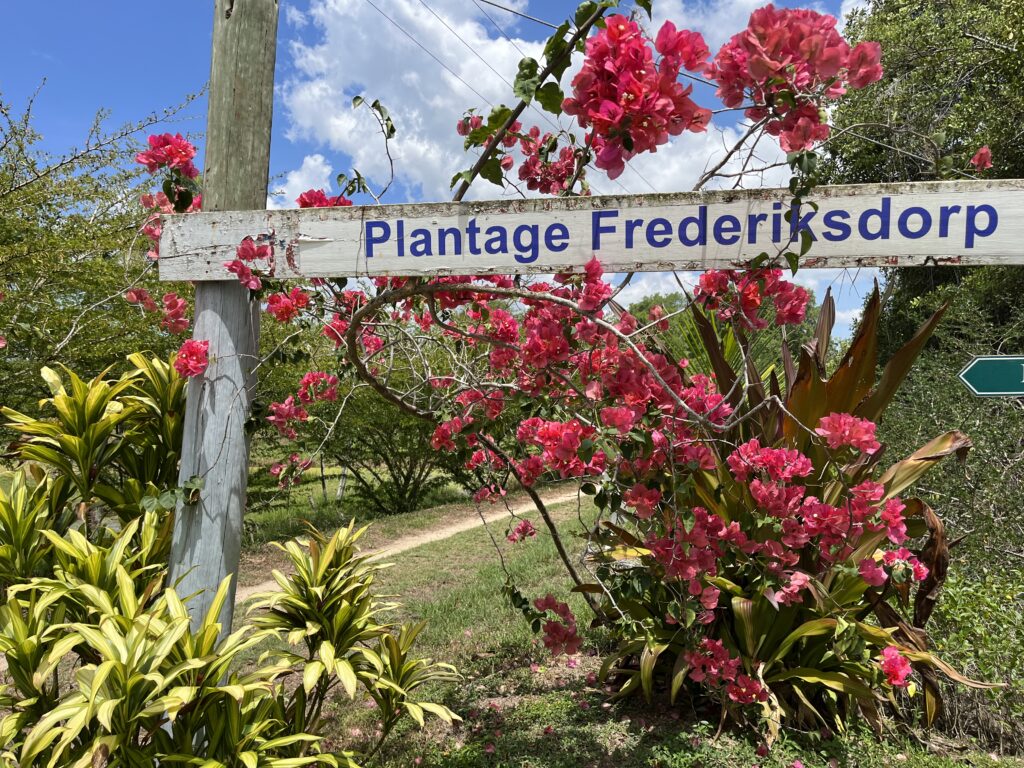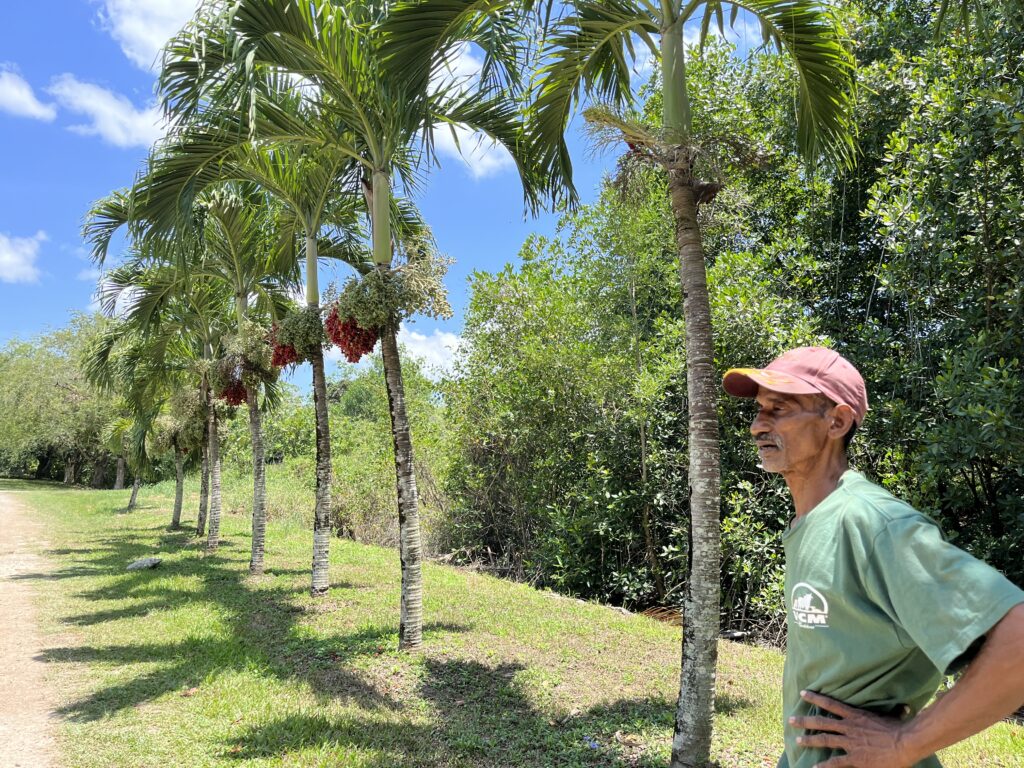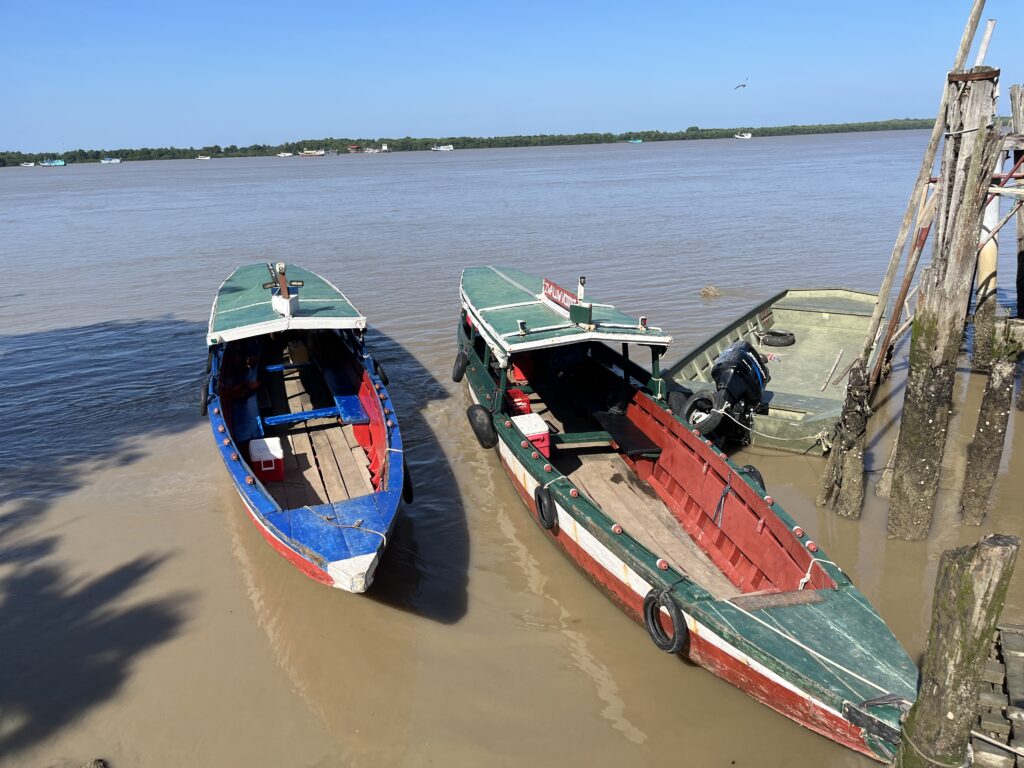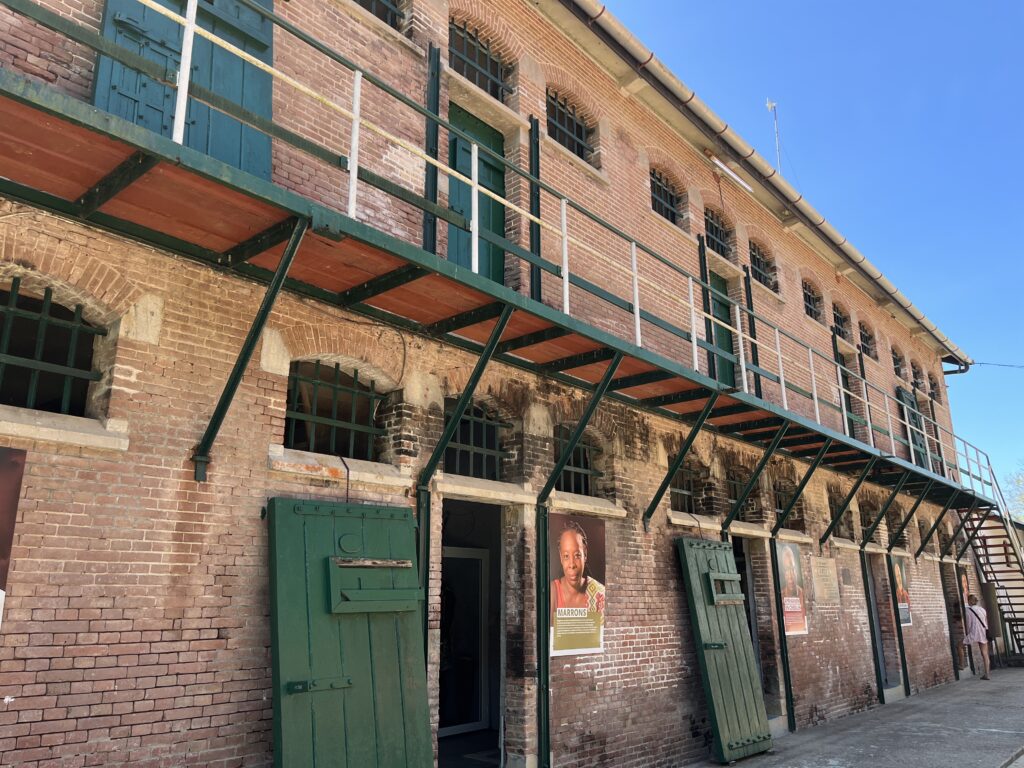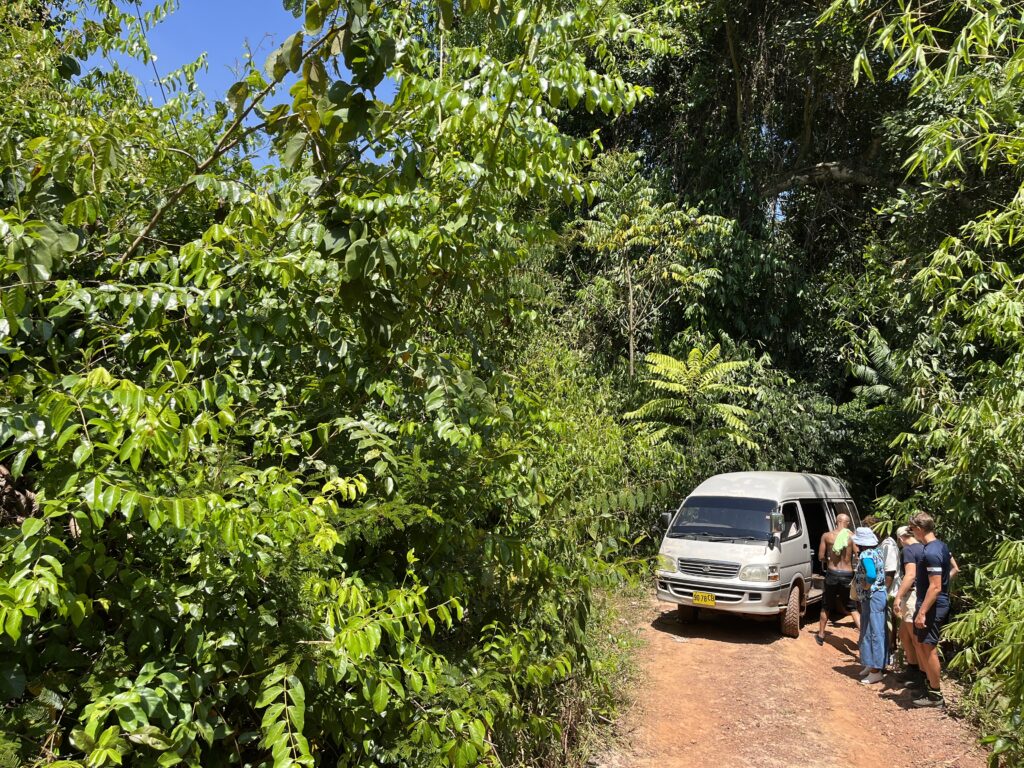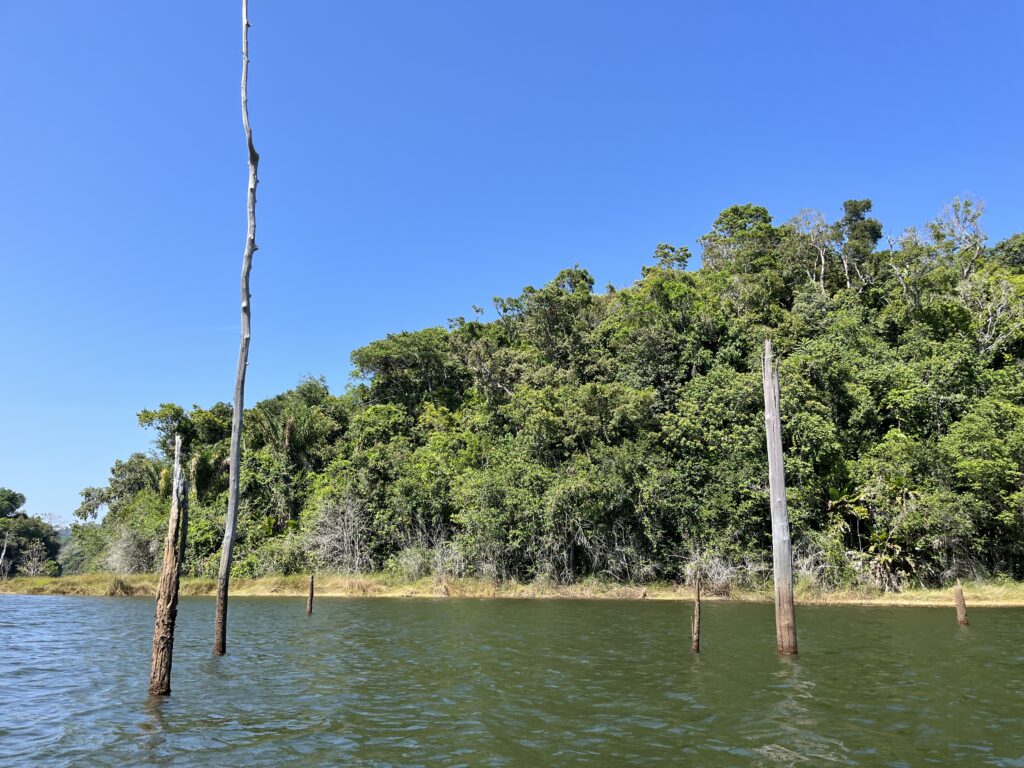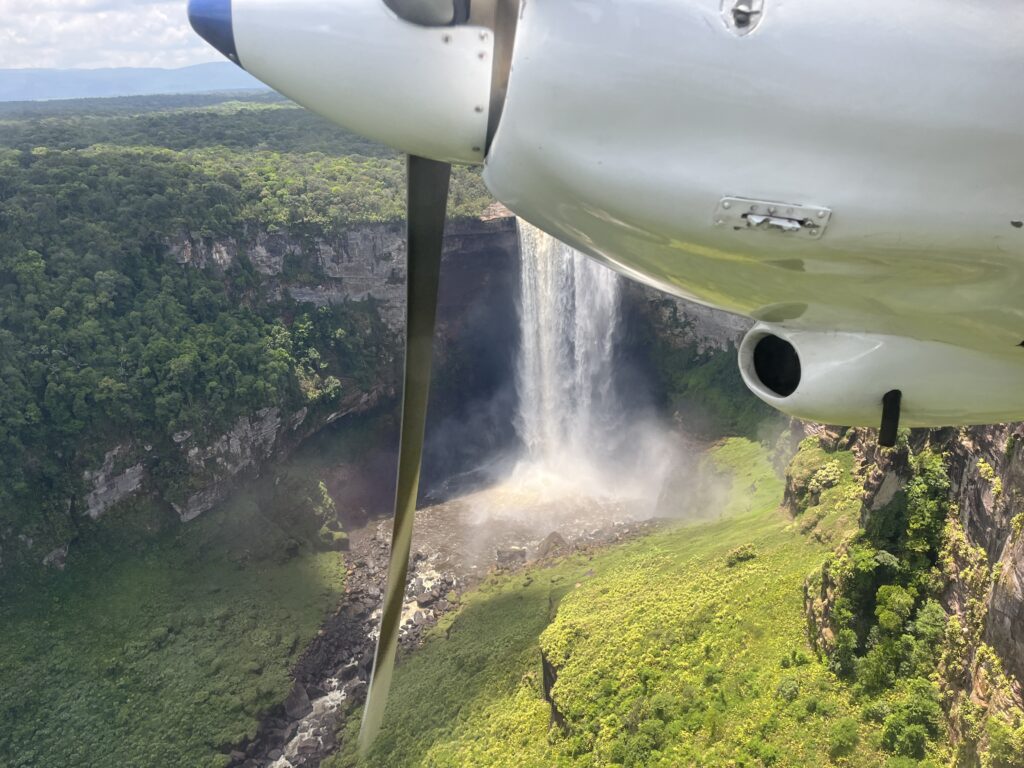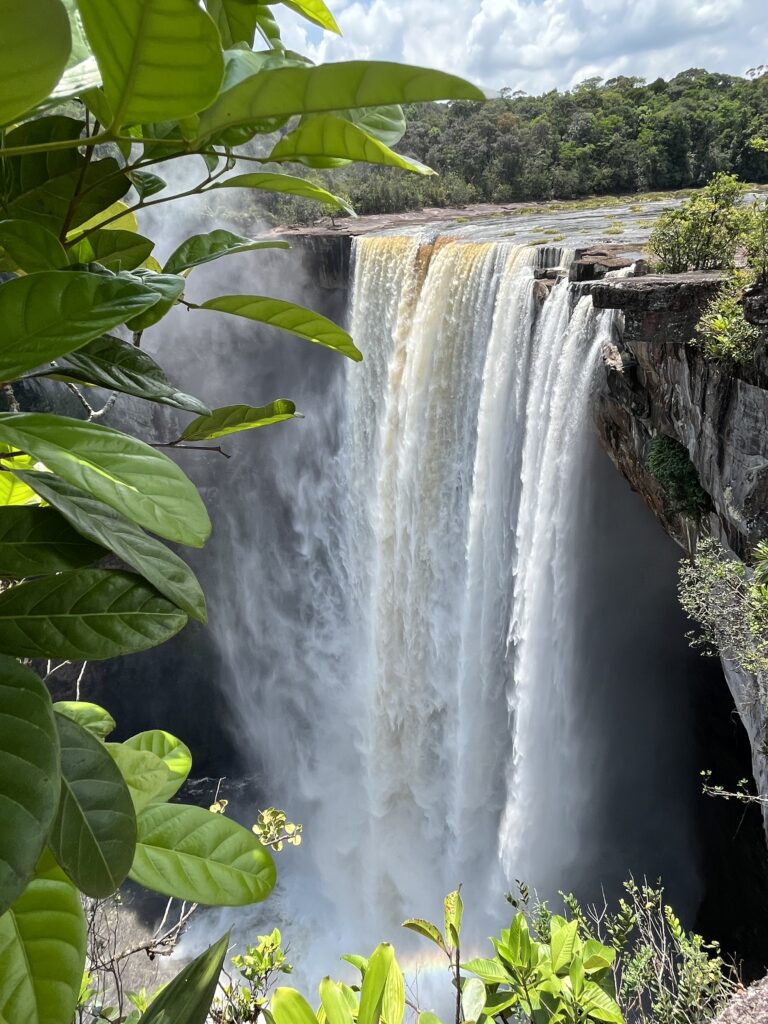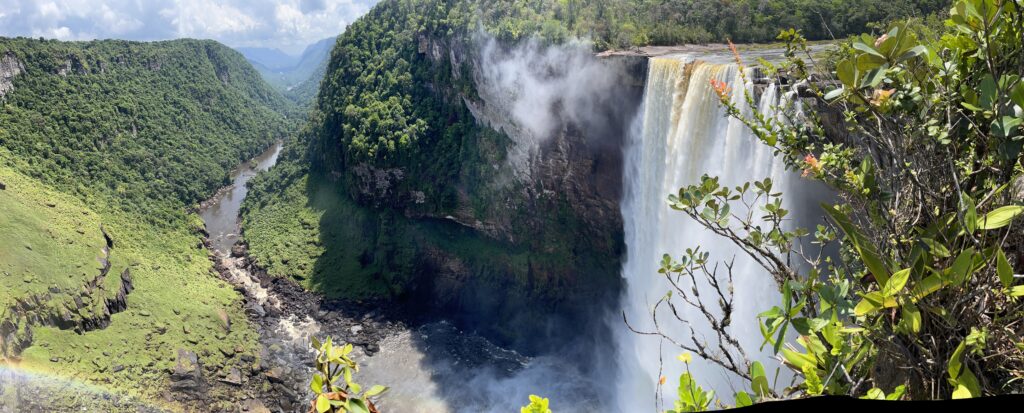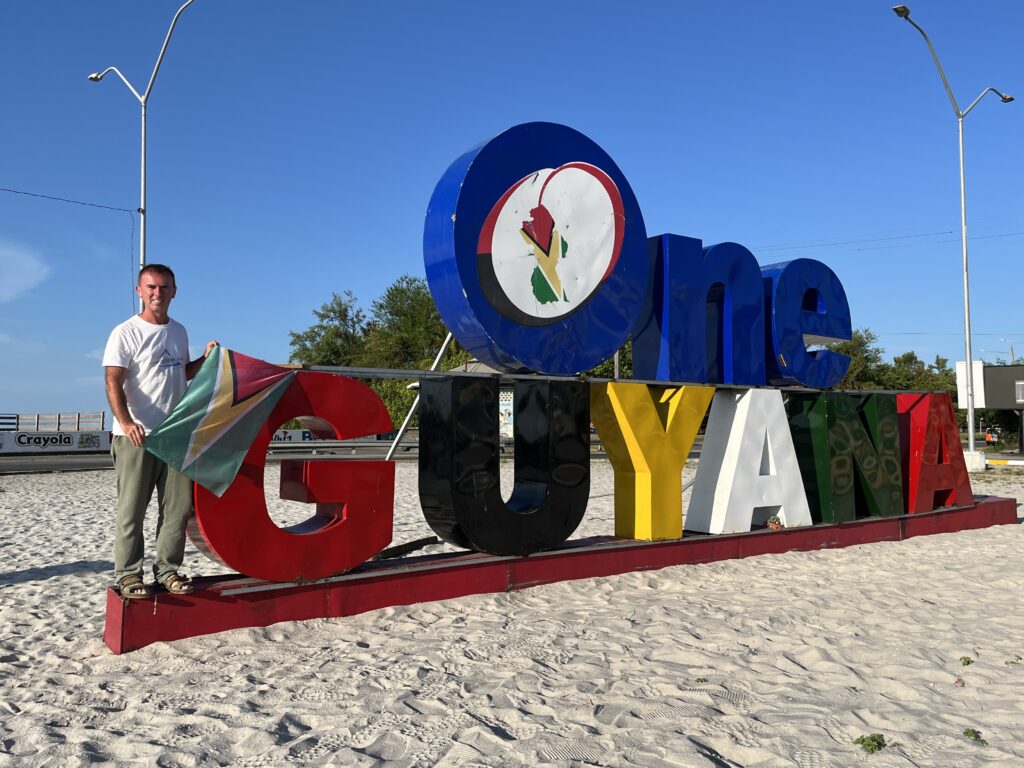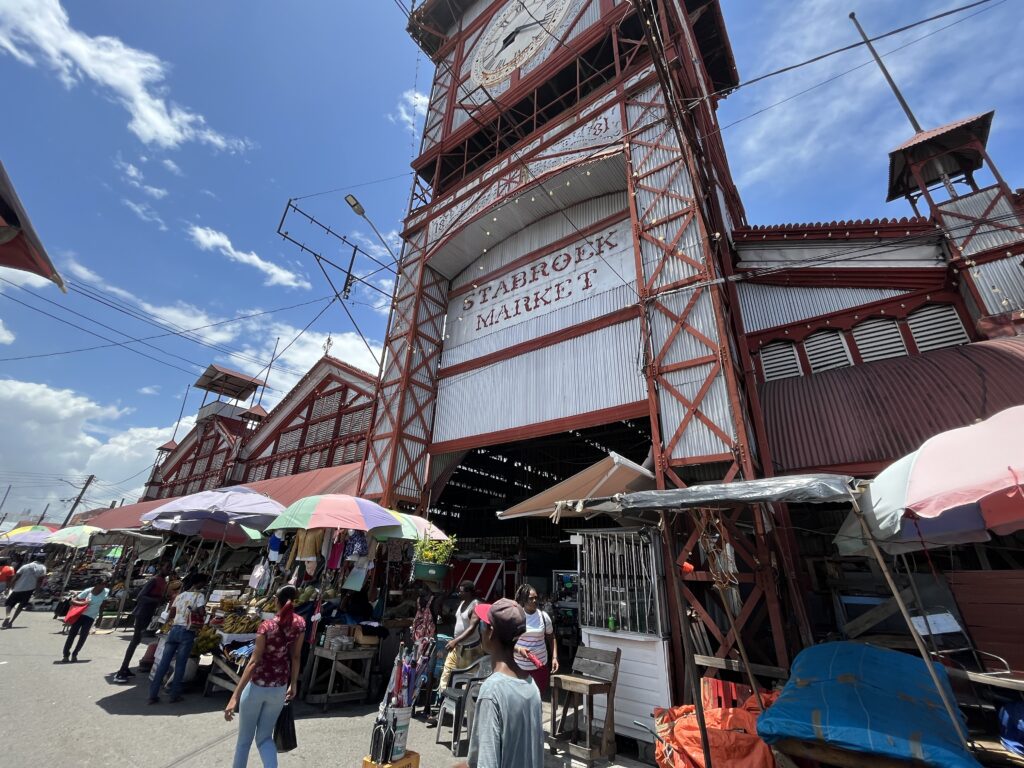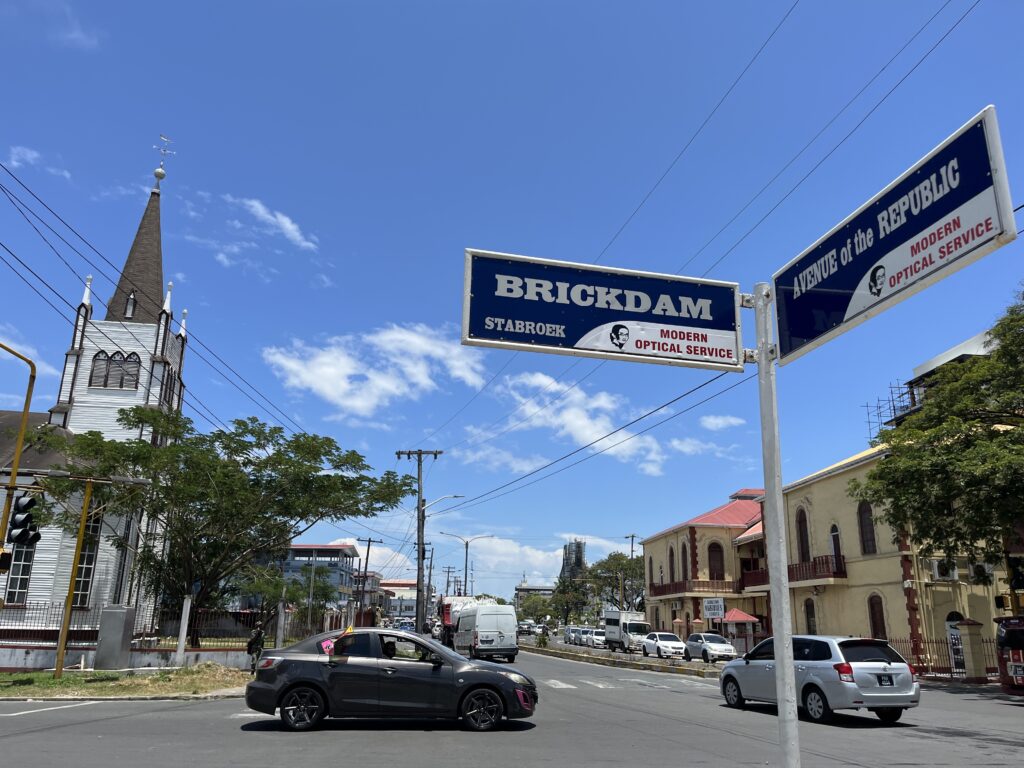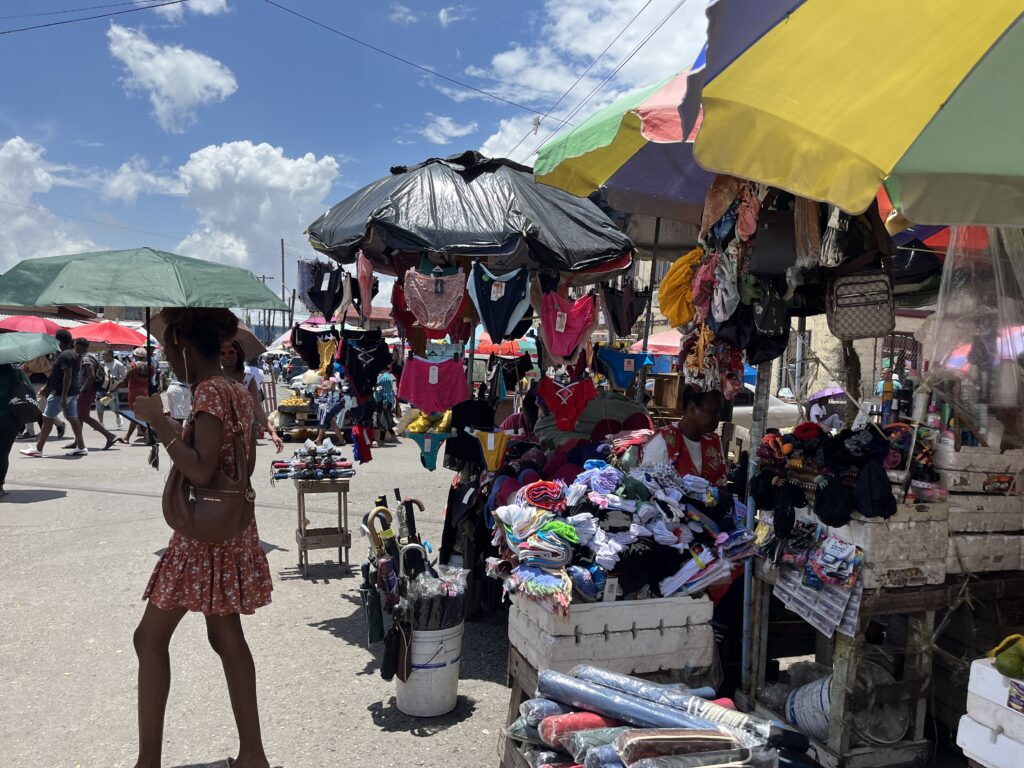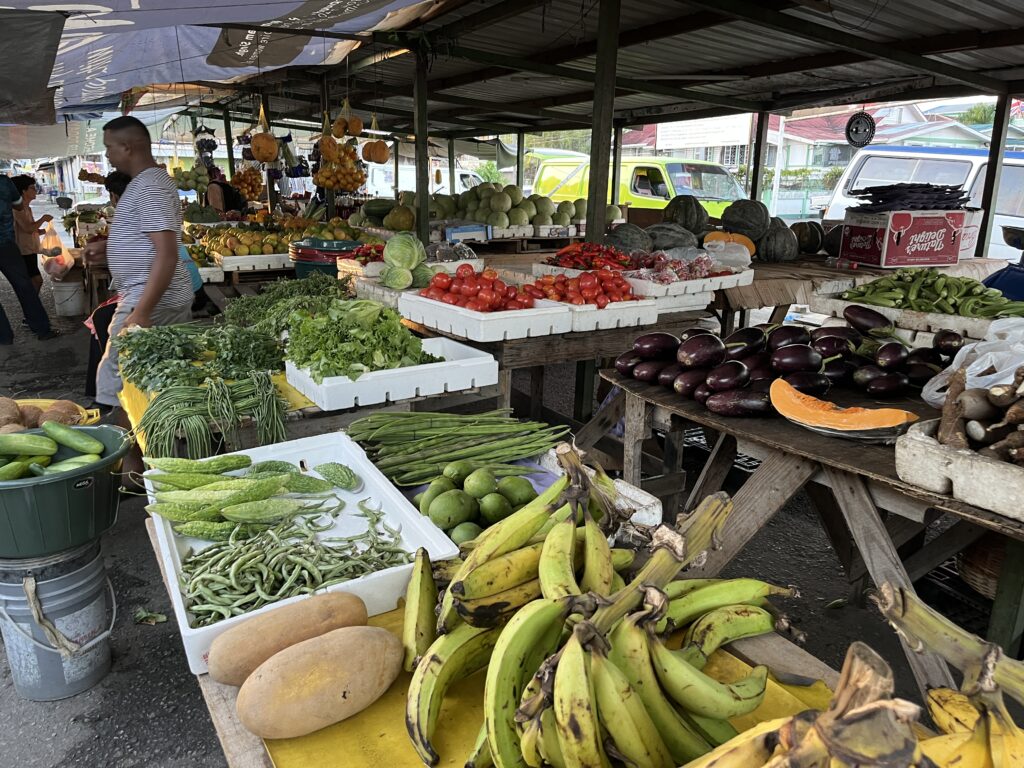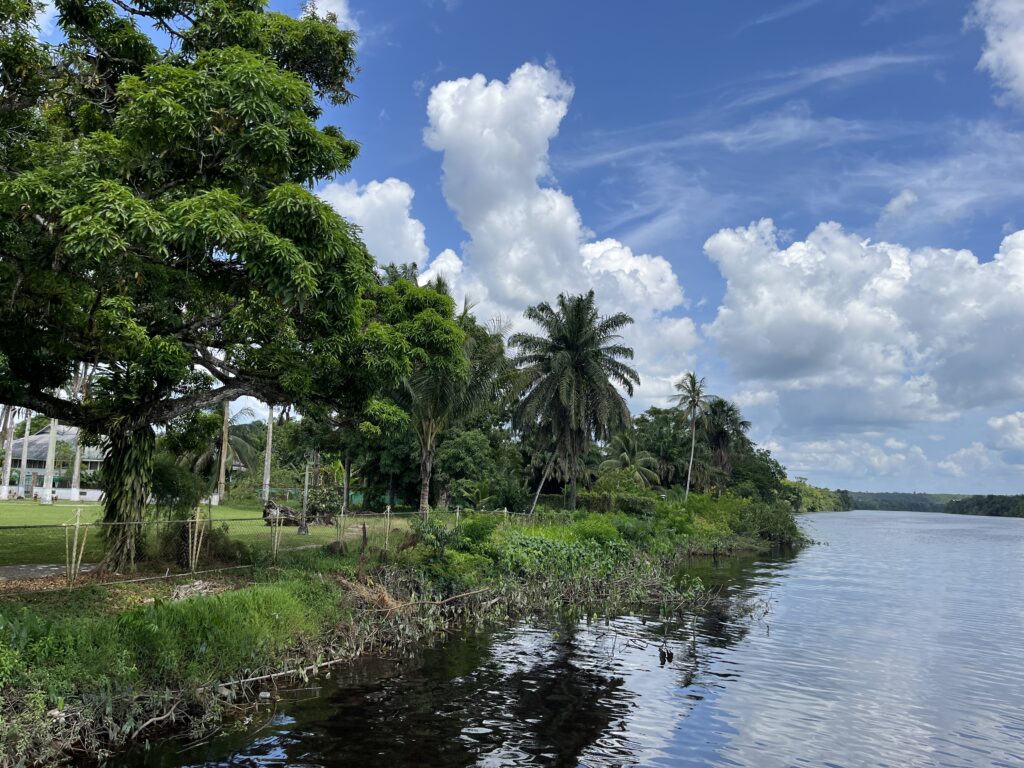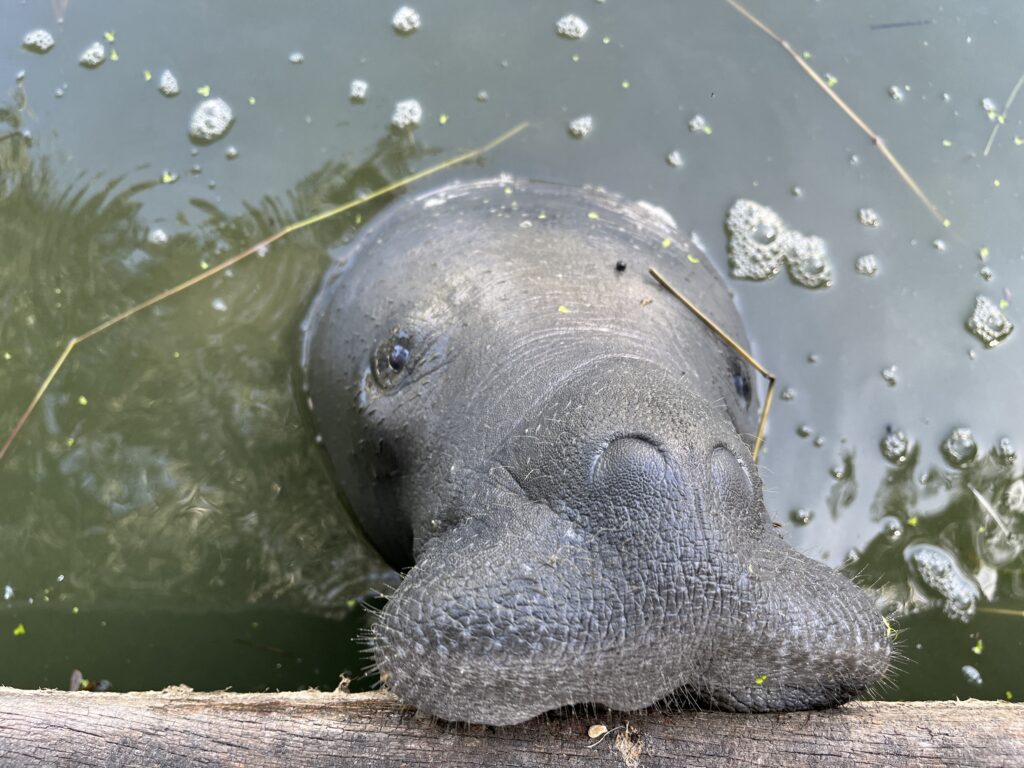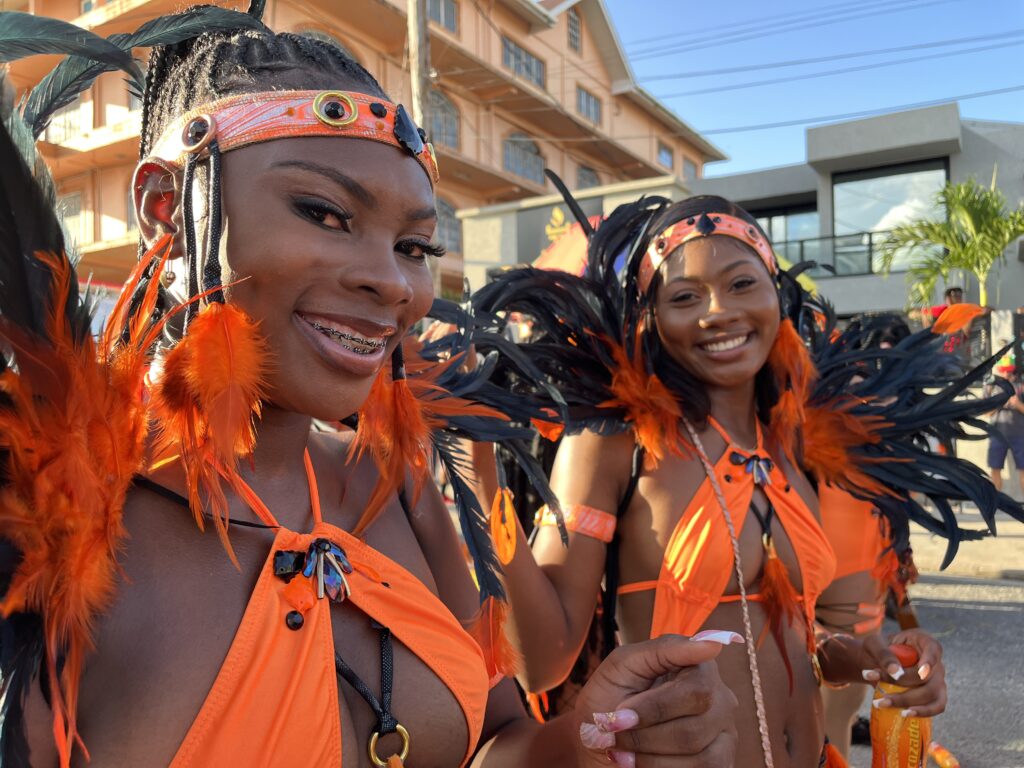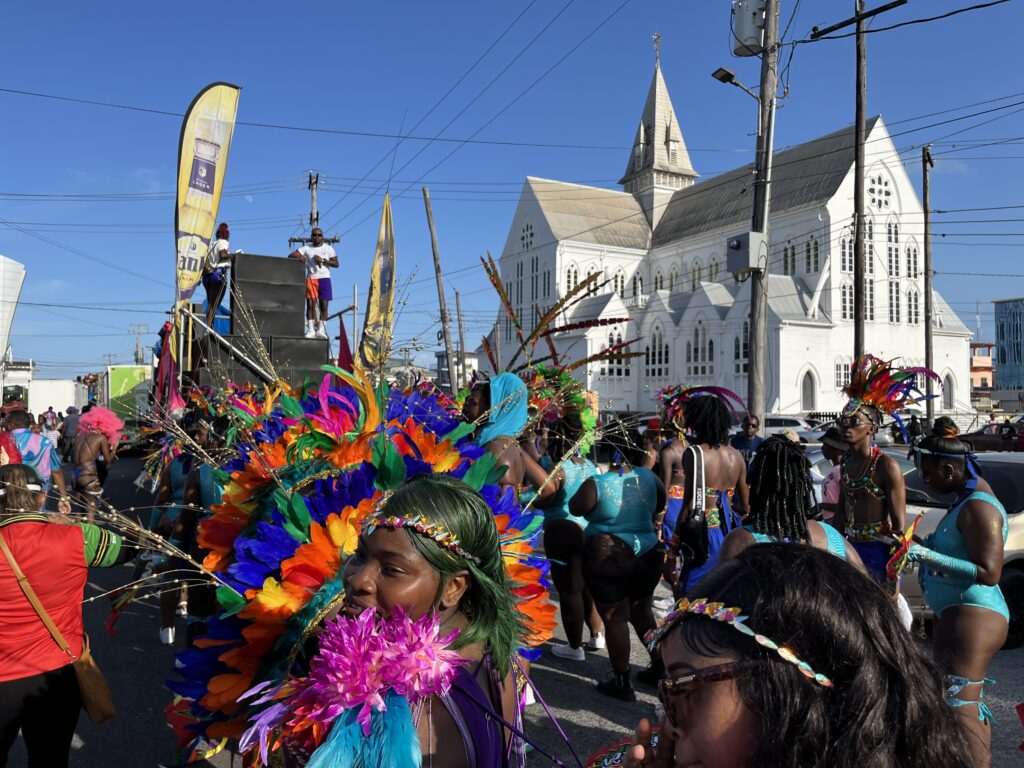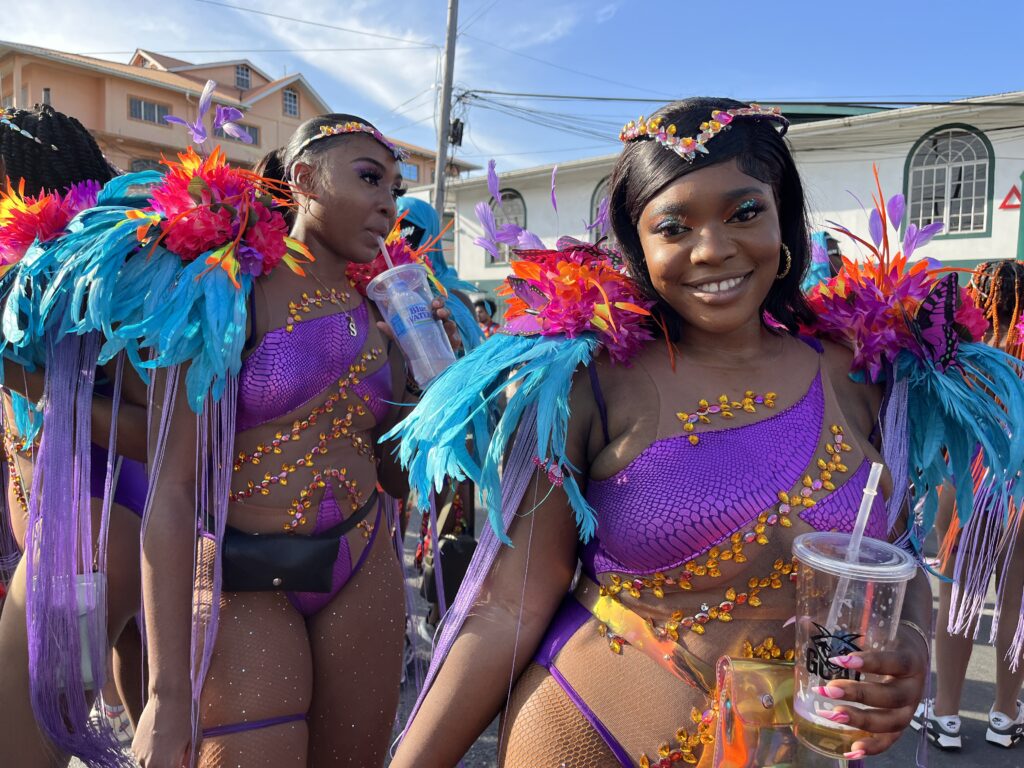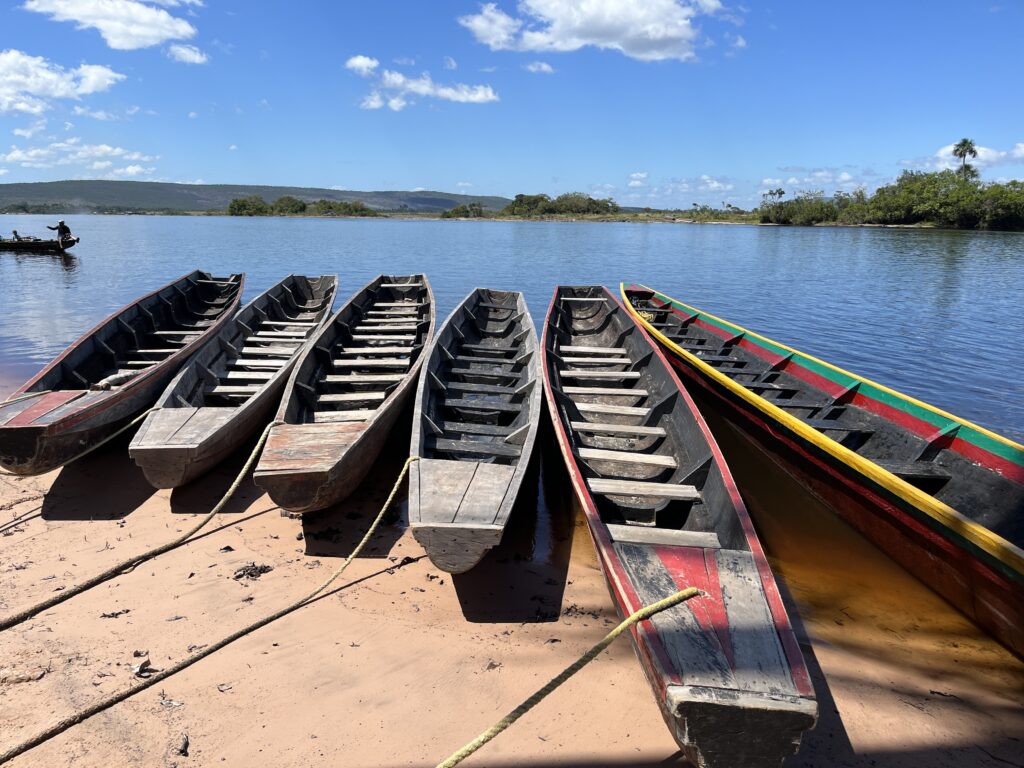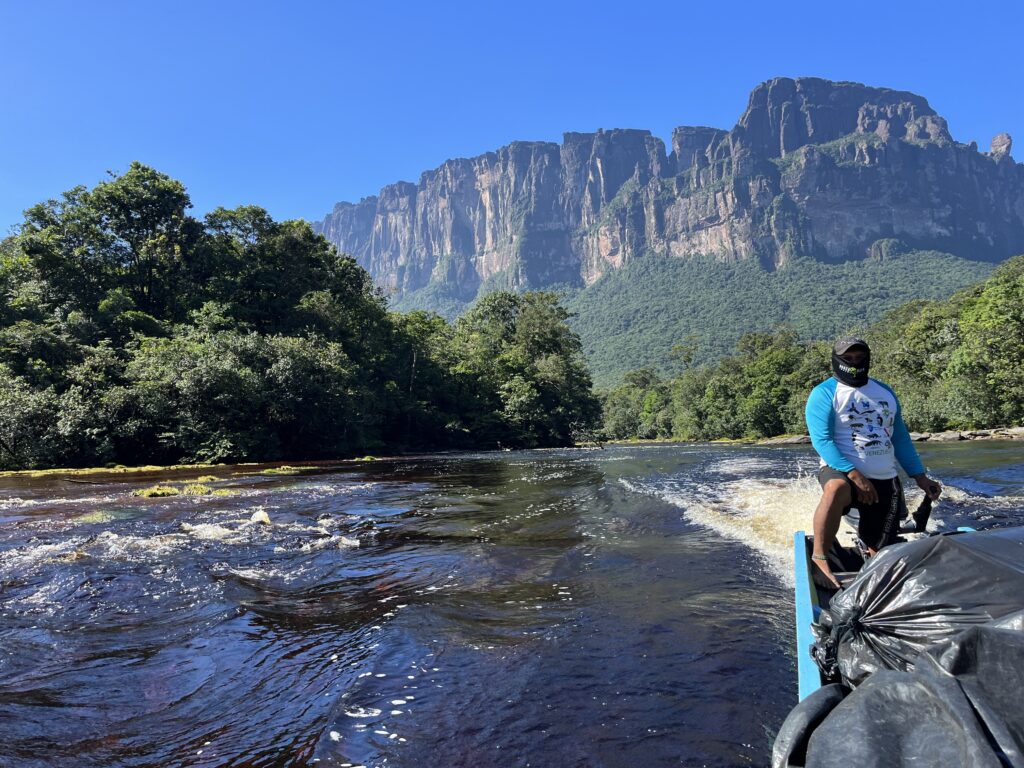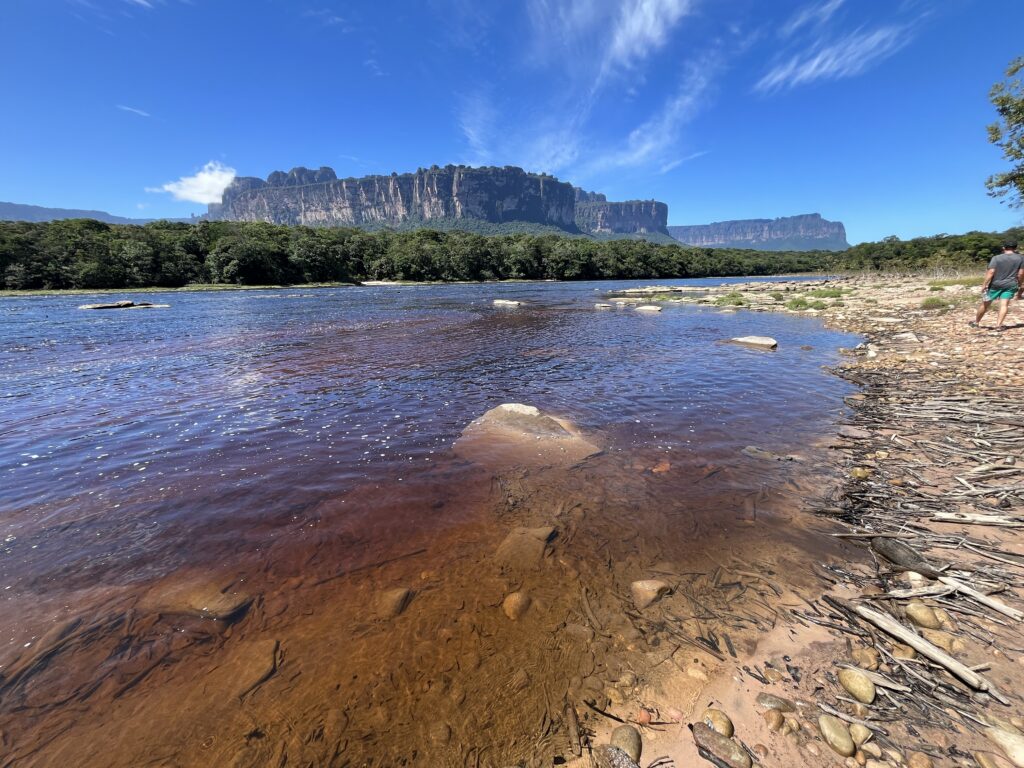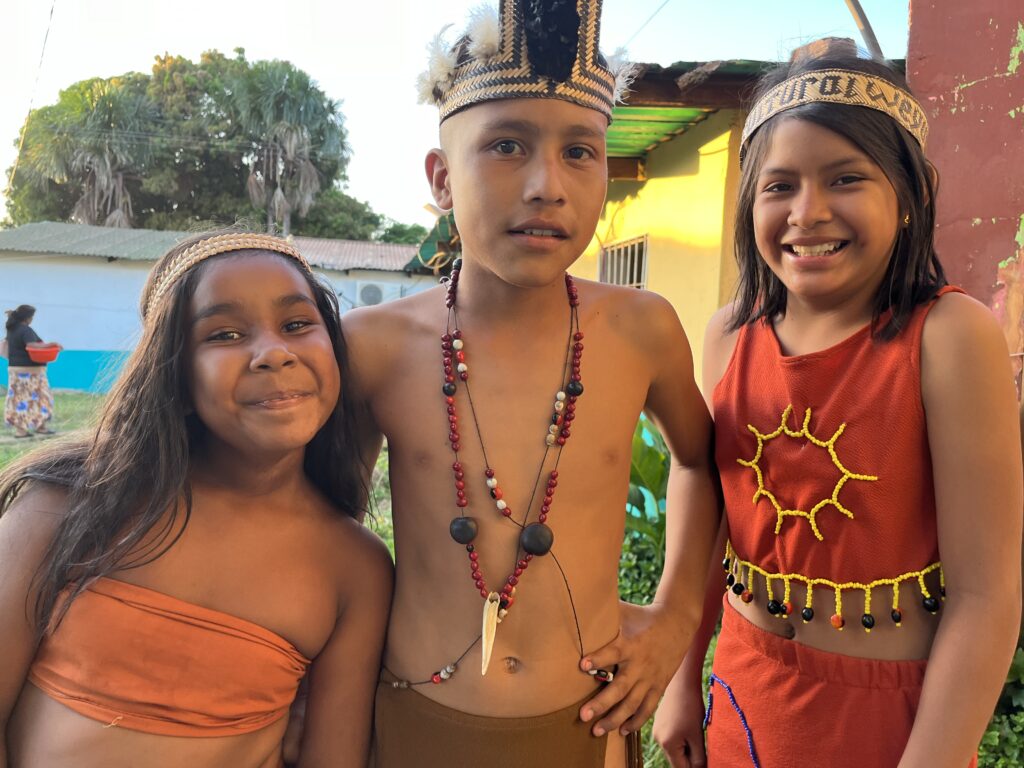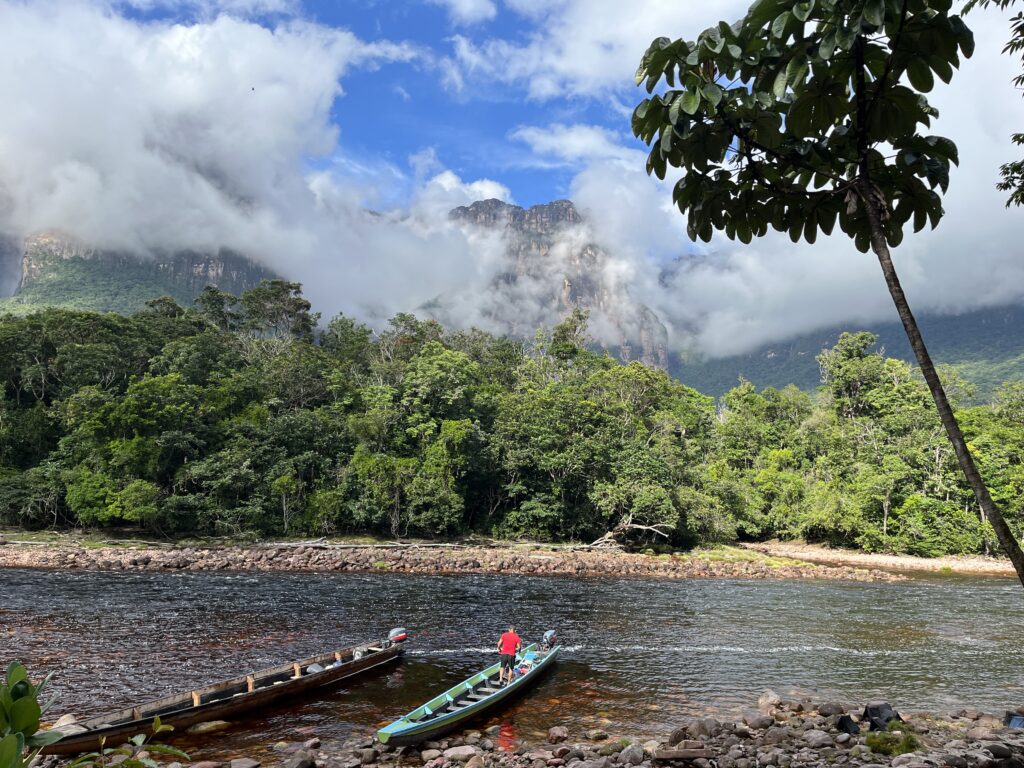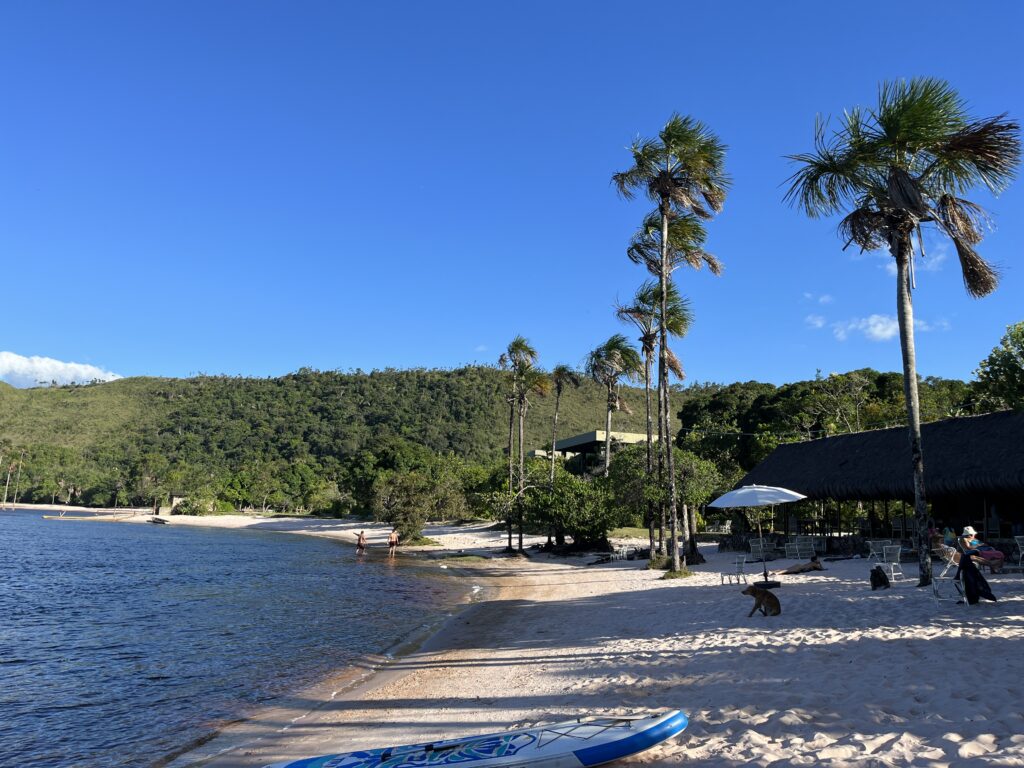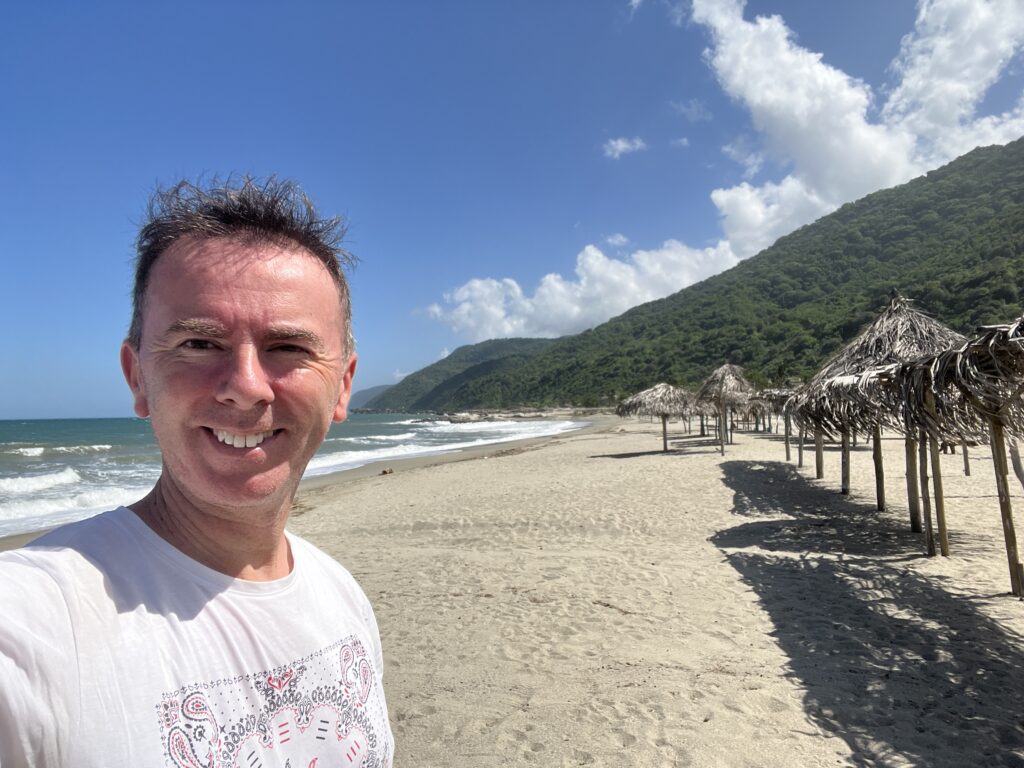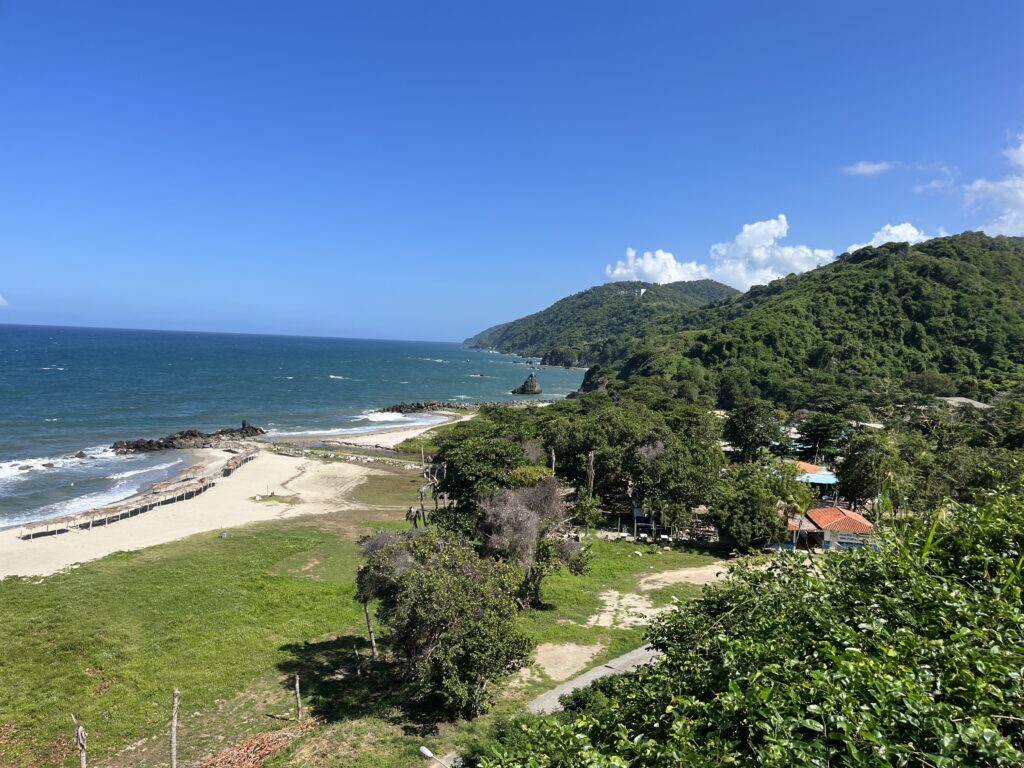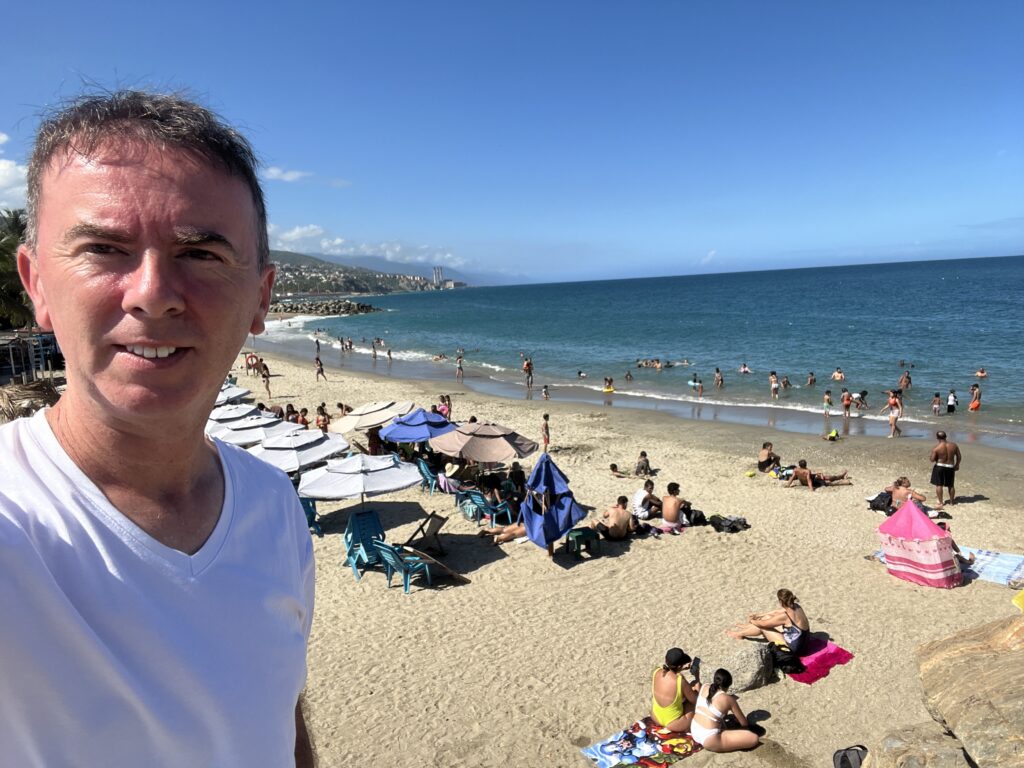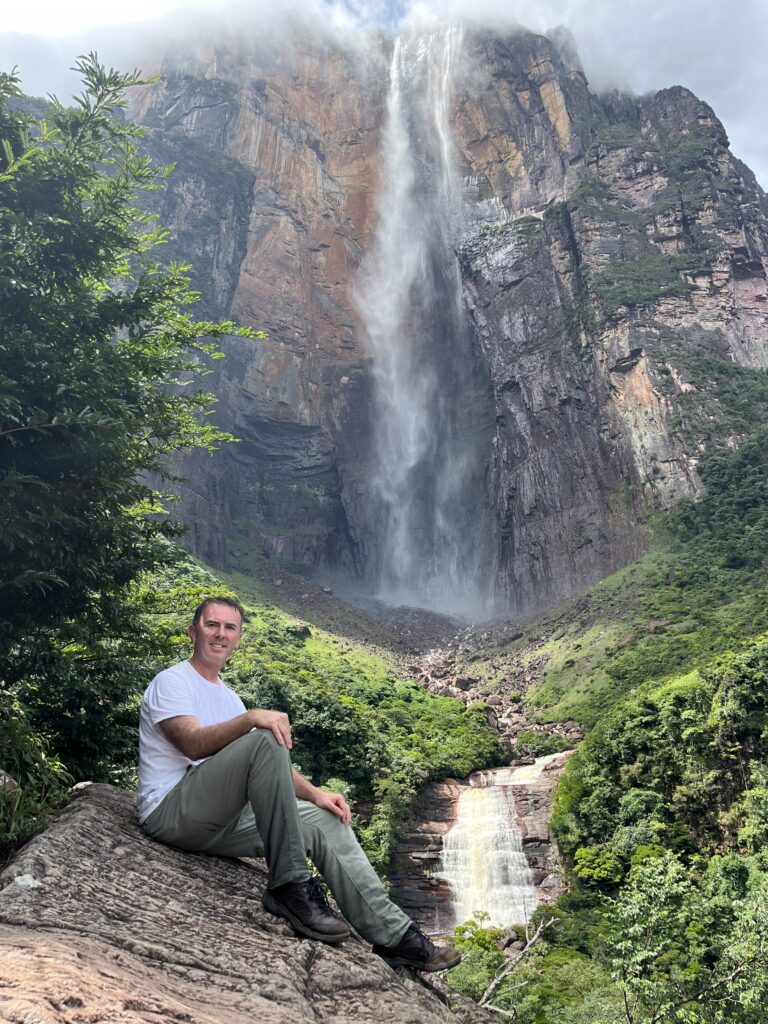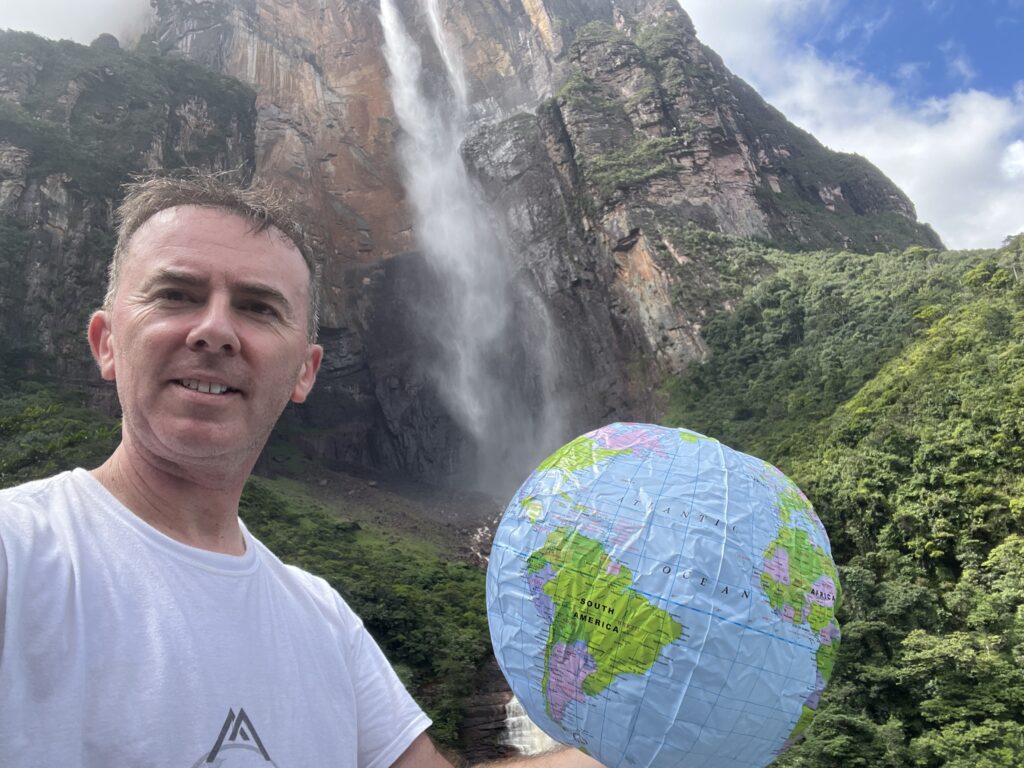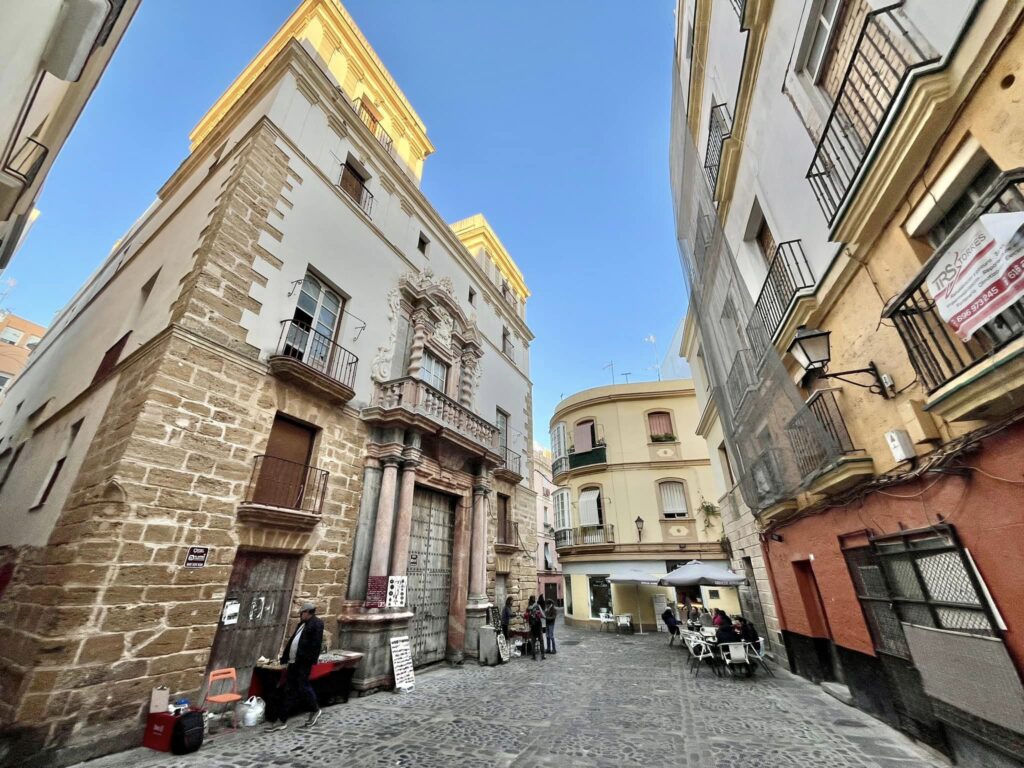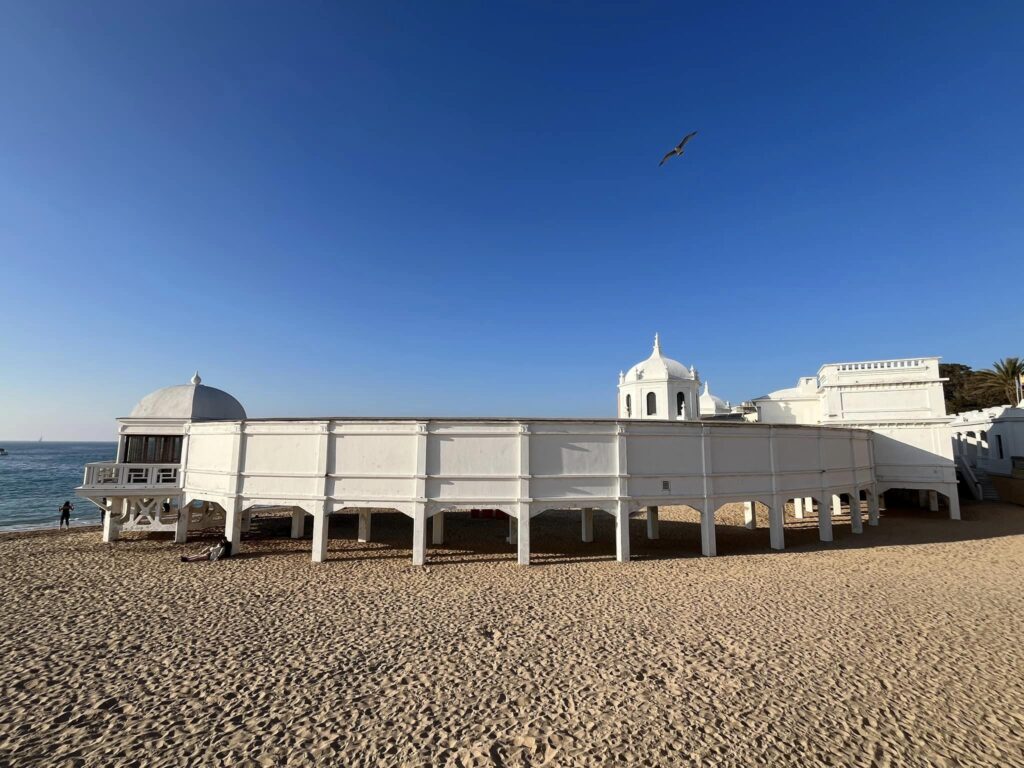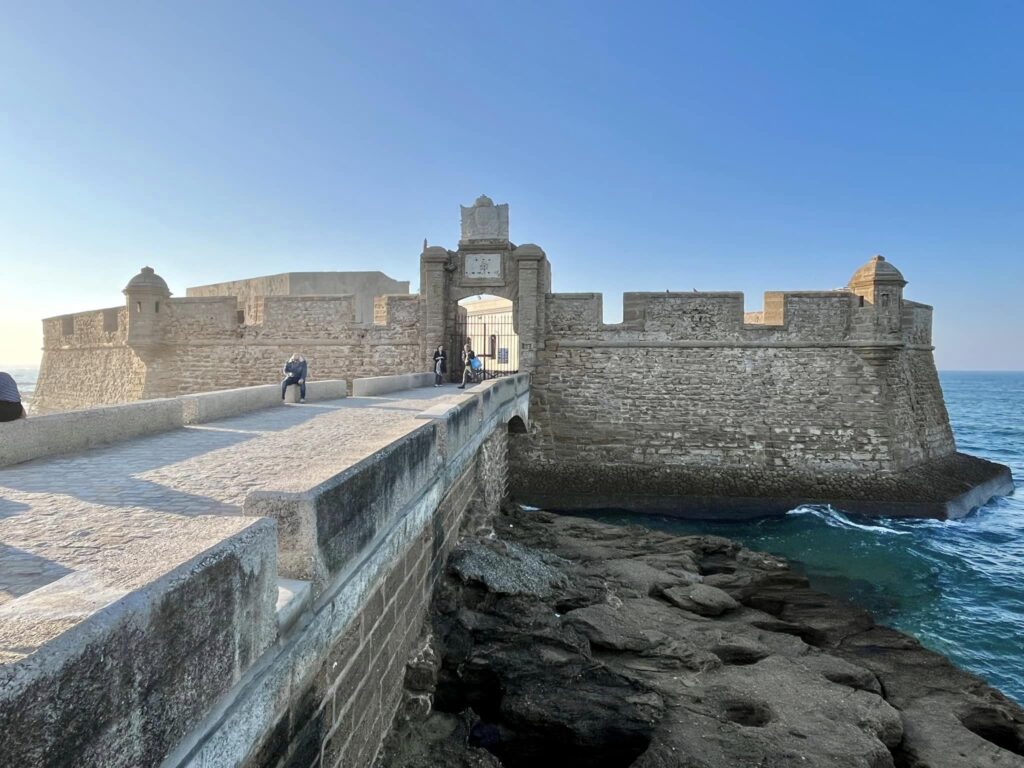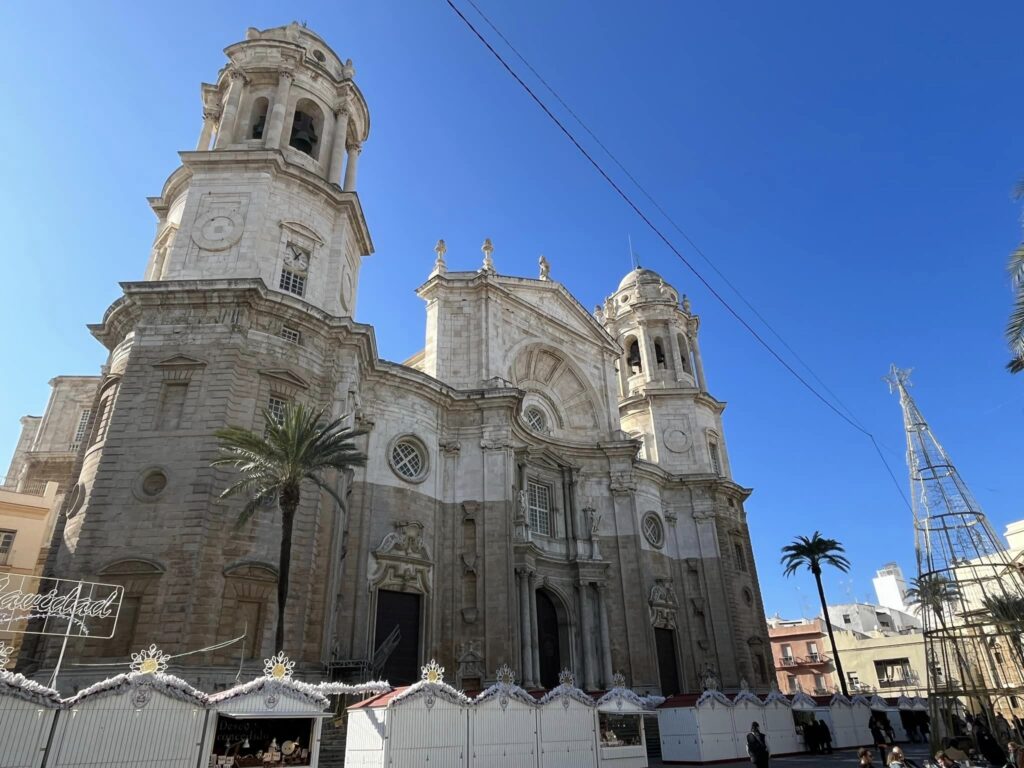Hawai, also written as Hawaii, is a real dream destination.

After much preparation, we headed to this beautiful state in the middle of the Pacific Ocean in April ’24 and discovered the islands of Kauai, Big Island, Maui and Oahu.
Here I will show you the route of our tour through Hawaii, tell you more about the most important sights of the islands and answer the most frequently asked questions about a trip to Hawaii!

Hawaii: which islands to visit?
The American state of Hawaii is an archipelago consisting of no fewer than 137 islands. Only 6 of these can be visited:
• Oahu: the main island of Hawaii with the capital Honolulu and the popular Waikiki.
• Hawaii or Big Island: the largest island, also known as the Orchid Isle, with highlights such as the Volcanoes National Park.
• Maui: tropical island also known as the Valley Isle, with the Road to Hana, the Pipiwai Trail and Haleakala volcano as the main attractions.
• Kauai: the greenest island in Hawaii, also known as the Garden Isle, with highlights such as the Waimea Canyon and the Na Pali Coast.
• Molokai: small island with only 7,400 inhabitants and about 50 tourists per day.
• Lanai: Hawaii’s smallest inhabited island with only 3,200 inhabitants.
During our trip through Hawaii we visited the four largest and most visited islands of Hawaii:
Kauai, Big Island, Maui and Oahu.
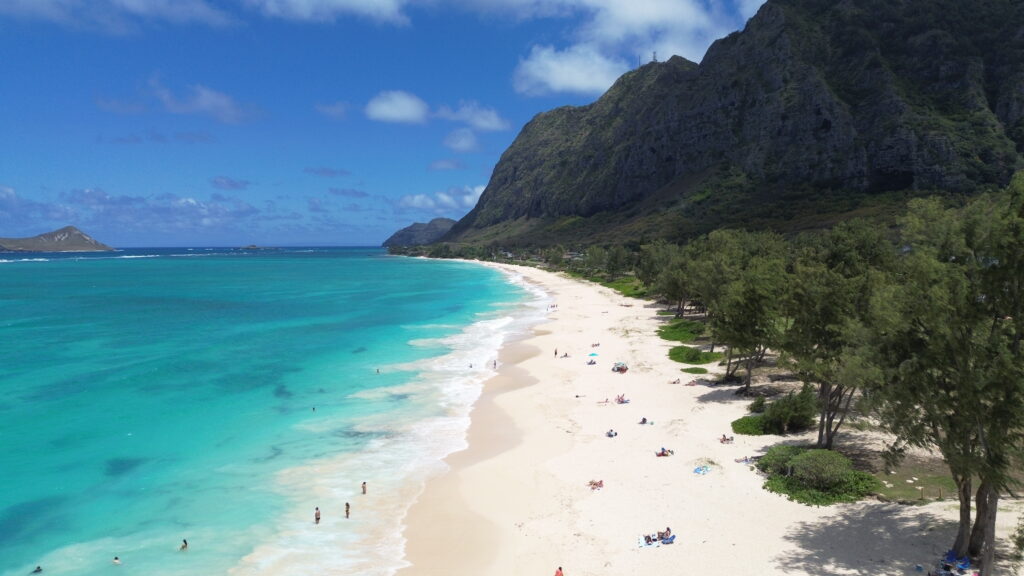
Kauai
This island is the greenest island in Hawaii and is therefore also known as the Garden Isle. We thoroughly enjoy the many waterfalls, the green interior, the impressive Waimea Canyon, the beautiful beaches and the rugged Na Pali coast. Kauai is absolutely one of the most beautiful destinations I have ever been to and if I have to recommend one Hawaiian island, it is it’s definitely Kauai.
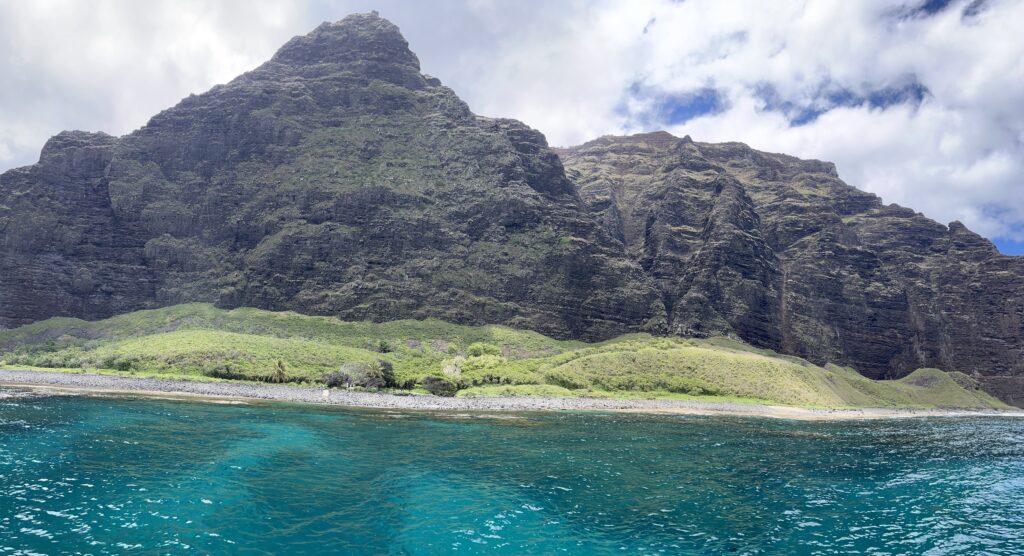
Big Island
From Kauai we fly to Kona on the Big Island, also known as Hawaii. This is the largest island and it is also known as the Orchid Isle. This island is extremely varied: from bounty beaches on the south coast to the impressive Volcanoes National Park and the tropical interior in the north. Here you will really find something for everyone. You can snorkel on the Big Island, including with sea turtles.
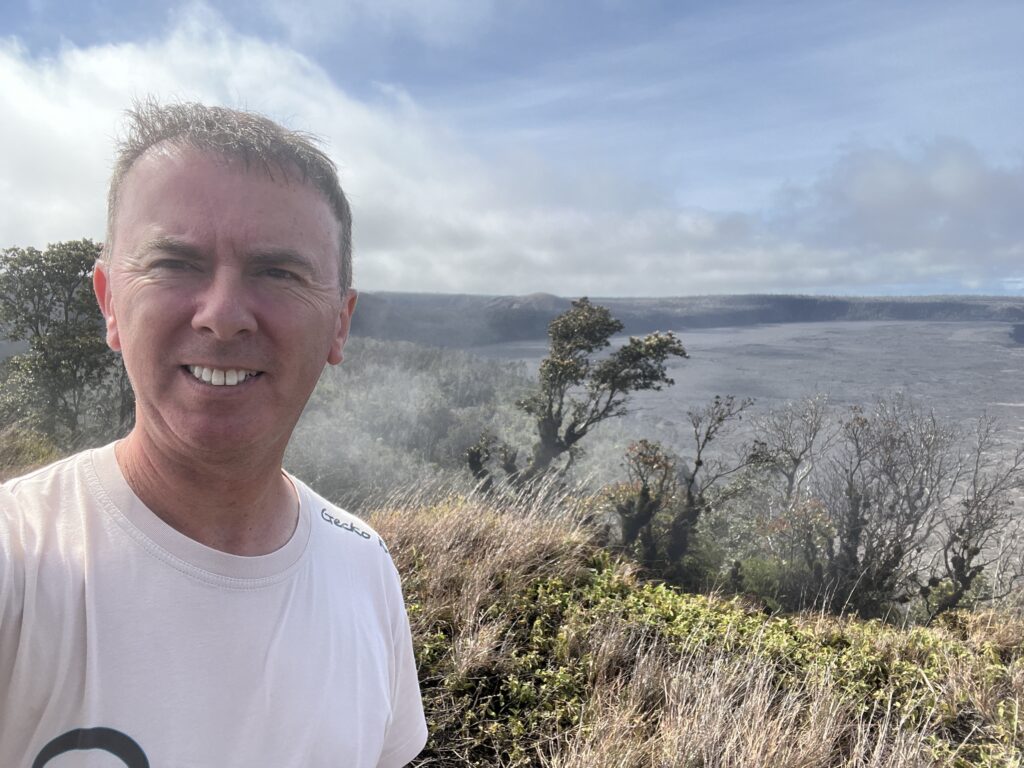
Maui
The third island we visit is Maui, one of the most beautiful islands in Hawaii. The island is also known as the Valley Isle, or the island of the valleys. In addition to valleys, you will find many other special places on Maui. The best-known example of this is the Road to Hana, a beautiful coastal road full of beautiful sights in the east of the island. You should also not miss the Pipiwai Trail, a beautiful walking route through the impressive and tropical interior of Maui.
Another highlight of Maui is the Haleakala volcano, where you can enjoy one of the most beautiful sunrises you will ever see from the top.

This winding road travels through one of the truly last undeveloped tropical areas of the island.
Oahu
We started and ended our trip on Oahu, the main island of Hawaii. Here you will find the capital Honolulu and the popular Waikiki. We explore a large part of the island with our rental car.We did aswell the Jurrasic Park movie tour on Kuala Ranch. Oahu also offers fantastic snorkeling and hiking. There is great shopping on Oahu and there are also plenty of good restaurants.

Traveling to Hawaii:
International Flight
Hawaii is located in the middle of the Pacific Ocean, roughly between the west coast of America and Japan. From Belgium it makes the most sense to fly via the west coast of America. You will probably have a transfer in Los Angeles, San Francisco. We opted for an outbound flight to Honolulu (with a stopover in Los Angeles) and a return flight from Honolulu (with a stopover in San Francisco). We flew with Lufthansa (stopover in Frankfurt) because this was the best option in terms of flight hours and the price was +-1500€
Travel between the islands: domestic flights
The only way to travel between the Hawaiian Islands is by domestic flight. Every day there are several flights between the different islands, most of which are operated by Hawaiian Airlines. We made a total of 4 domestic flights during our trip in Hawaii: The average cost for each flight is approximately €100 per person. This does not include the costs for carrying luggage. In Hawaii you pay these costs on site at the airport. I advise you to look carefully at what the most logical and economical route is for you to fly between the islands, because this can make quite a difference in costs.
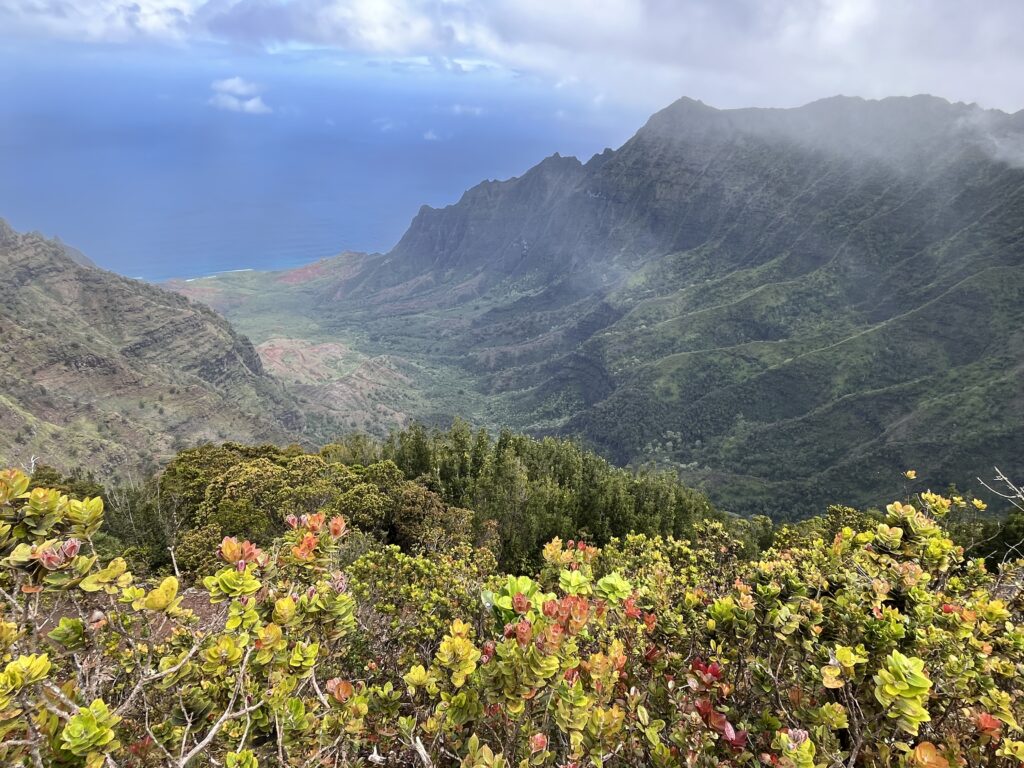
Traveling on the islands: rental cars
The best way to travel around Hawaii is with a rental car. Public transport is very limited. The only exception to this is if you are staying on the island of Oahu in Waikiki, where a hop-on hop-off bus operates. Anyway, I definitely recommend renting a car on each island to see as many of the islands as possible.
Accommodations
Almost nowhere have I found it as difficult to find nice and affordable accommodations as for our tour in Hawaii. Hotels are unfortunately quite pricey and the selection is fairly limited. We ultimately chose to stay in an Airbnb on Kauai and the Big Island. This turned out very well in the end.
Costs for activities and entrance fees in Hawaii
Entrance to National Parks of Hawaii There are several National Parks on the Hawaiian Islands. We visited, among others:
• Hawai’i Volcanoes National Park (Big Island): entrance fee $30 (cost per car)
• Pu’uhonua o Honaunau National Park (Big Island): entrance fee $30 (cost per car)
• Haleakala National Park (Maui): entrance fee $30 (cost per car)
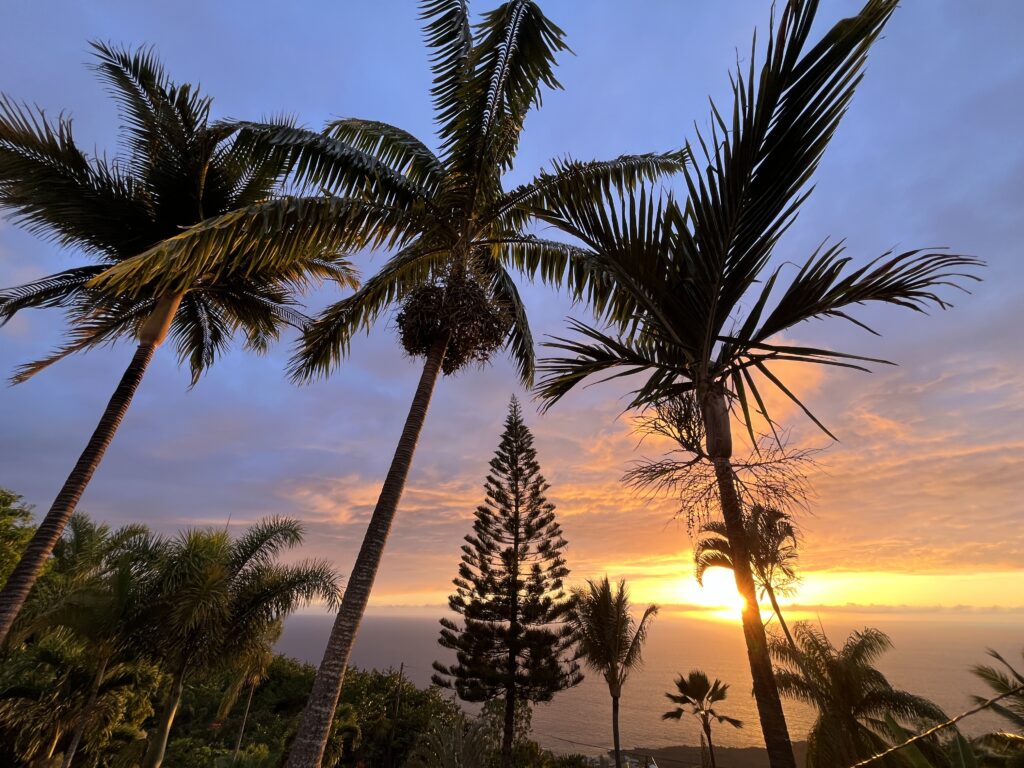
Entrance State Parks of Hawaii In addition to National Parks,
There are also a number of State Parks on the Hawaiian Islands that are really worth a visit.
• Waimea Canyon State Park (Kauai): $5 per person + $10 for parking
• Kōkeʻe State Park (Kauai): $5 per person + $10 for parking
• Akaka Falls State Park (Big Island): $5 per person + $10 for parking
• Waiʻānapanapa State Park (Maui): $5 per person + $10 for parking.
• Diamond Head State Monument (Oahu): $5 per person + $10 for parking
• Hawaii Tropical Botanical Garden (Big Island): $25 per person
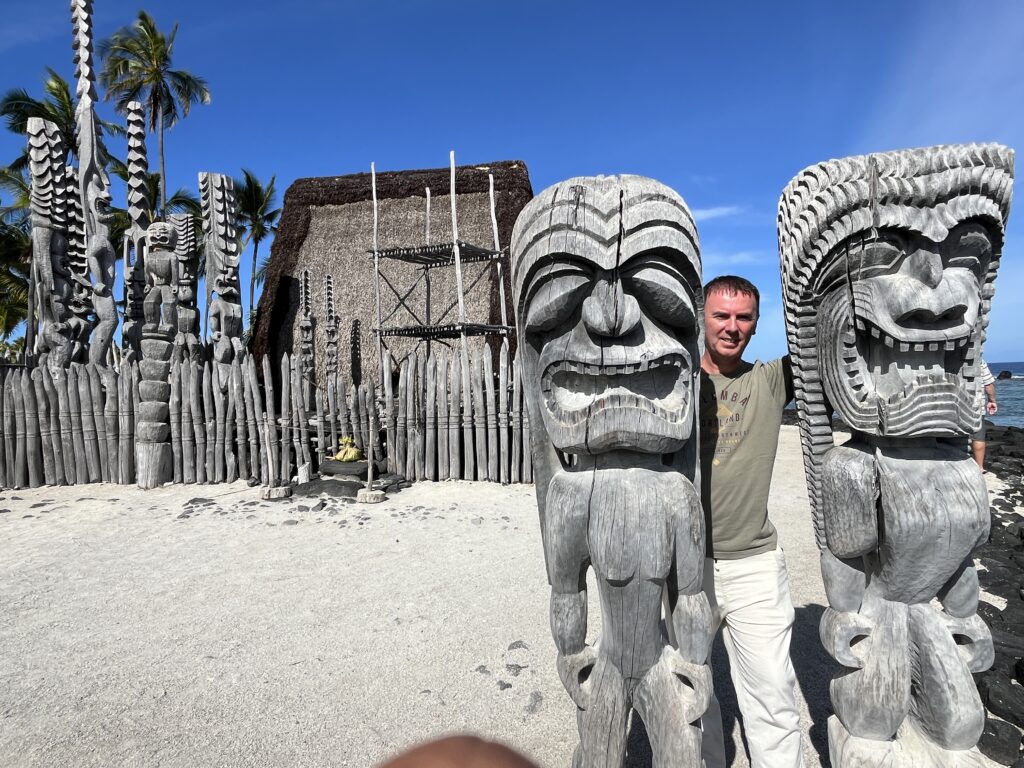
Individual activities in Hawaii
Boat trip Na Pali Coast A boat trip along the scenic Nā Pali Coast was one of the highlights of Kauai for me. The Nā Pali Coast is a very beautiful and impressive nature reserve that is very popular as a film location. From the water you really get a good impression of the enormous mountain ranges of Nā Pali. We sail past rugged cliffs and pristine beaches, while dolphins and sea turtles swim right next to us. Along the way we pass several waterfalls and sea caves.
Eating in Hawaii You can make the food in Hawaii as expensive as you want. Groceries are on average a lot more expensive than in Belgium, but eating out is generally slightly cheaper. Because Hawaii is so remote, many ingredients are grown on the islands themselves and you will find plenty of fresh tropical fruit there. They also eat many special fusion dishes in Hawaii with influences from Japan and Mexico, among others. From poke bowls to acai bowls and from shave ice to fish tacos,….

Frequently asked questions about a trip to Hawaii
What is the best time to travel to Hawaii?
Hawaii is a perfect holiday destination all year round due to its favorable location and tropical climate. We were there in April/May. When is the best time to visit Hawaii mainly depends on your personal preferences. Keep this in mind when planning your trip to Hawaii:
• Warmest months and least chance of rain: June to September
• Cheapest months to visit Hawaii: March to June and September to November (before Thanksgiving) • Busiest months in Hawaii: July and August, the period around Thanksgiving and mid-December to mid-March
• Best chance of spotting whales in Hawaii: late December to March We visited Hawaii itself from the end of April to the beginning of May. I thought this was a very nice period, as it was relatively quiet. With the exception of a few showers, we had wonderfully sunny and dry weather in Kauai for the entire two weeks.
What’s the weather like in Hawaii?
Due to the tropical climate and favorable location, the weather is almost always good on the Hawaiian islands. The temperature is between 25 and 32 degrees all year round and even at night it will never be colder than 18 degrees. You will notice big differences on the islands themselves. For example, it often rains a lot more in the north and east of the islands than in the south or west. You can also see this in the green and tropical areas on the islands. For example, Mount Waialeale on Kauai is even one of the wettest places in the world. Hawaii does not have a real rainy season, so it is mainly a matter of luck that there are only small showers during your trip.
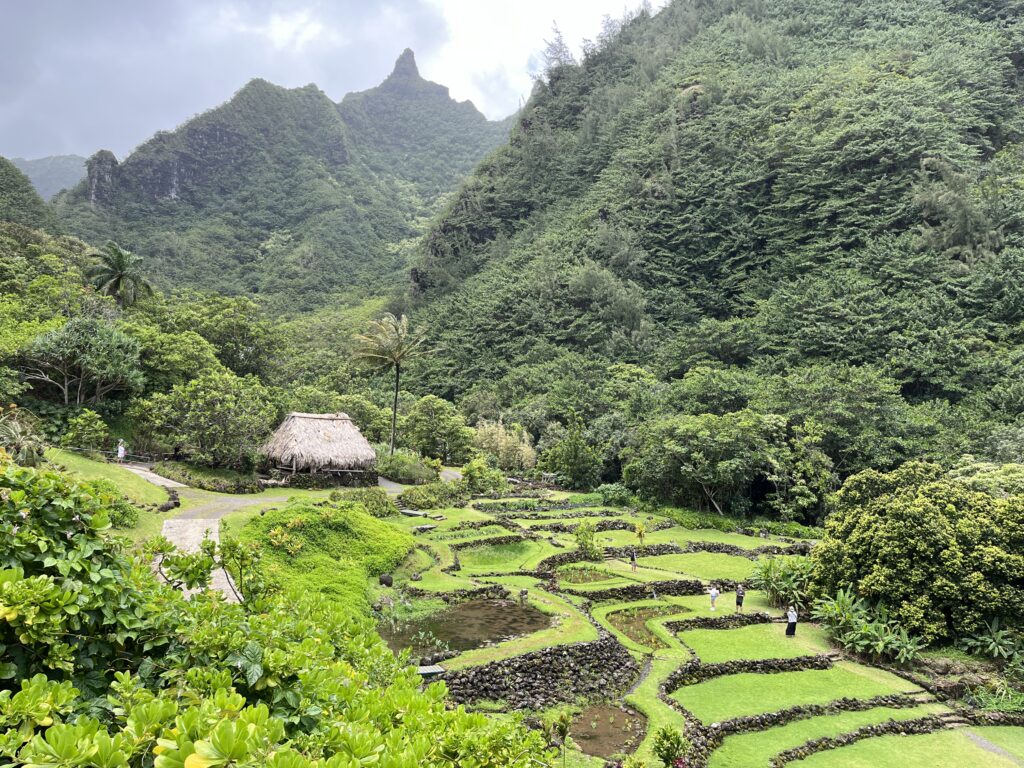
What is the time difference between Belgium and Hawaii?
During summer time, it is 12 hours earlier in Hawaii than in Belgium. During winter time in Hawaii it is 11 hours earlier than here.
Do you need a visa for Hawaii?
Because Hawaii is part of the United States, you need an ESTA (Electronic System for Travel Authorization).
Is a trip to Hawaii expensive?
Hawaii is certainly not a budget destination, but I didn’t find Hawaii extremely expensive either. You can save a lot, especially if you book your flight, rental car and accommodations well in advance.
Costs for a trip to Hawaii
• International flight: €1500 per person
• 4 Domestic flights: €500 per person
• Car rental: average €60/day
• Accommodations: average €100 per night
• Entrance, activities and tours: variable

What is the most beautiful island in Hawaii?
If you only have limited time and cannot visit all the islands of Hawaii, I can imagine that you are wondering which is the most beautiful island in Hawaii. To be honest, I thought all the islands were highly recommended and I wouldn’t have wanted to miss any of them. So you can’t make a wrong choice and I’m sure you’ll have a great time on every island.
• Kauai is the greenest and most pristine island in Hawaii and I found the Waimea Canyon and Na Pali Coast especially impressive.
• We thought Maui was the most diverse island, with the beautiful Road to Hana, the impressive Haleakala volcano, charming villages and beautiful beaches. It is not without reason that the island is known as one of the most beautiful in the world
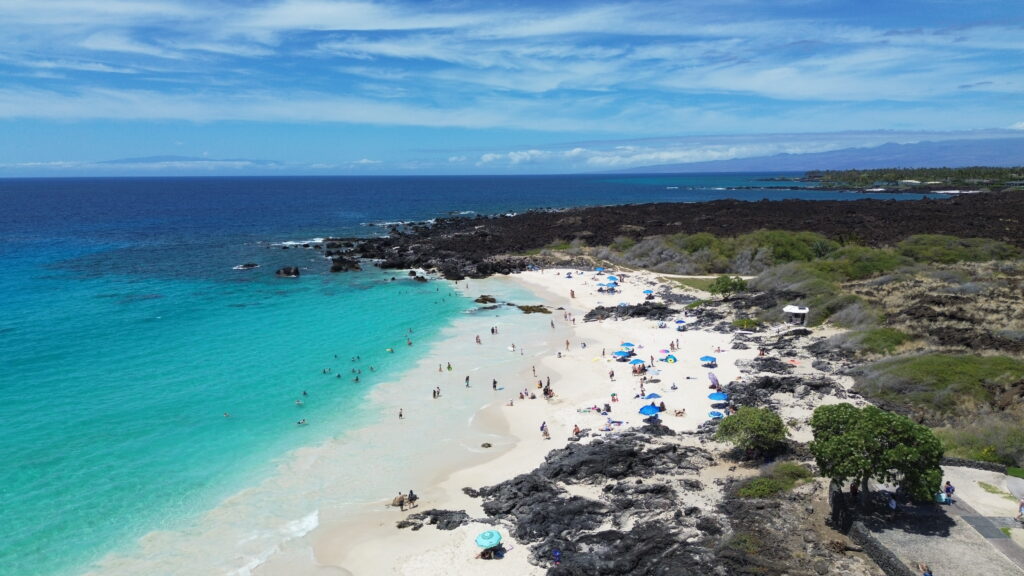
. • If you mainly go for nature
Big Island is recommended because of the Volcanoes National Park and the special beaches and nature reserves. Because the east and west coasts are so different, you can make a very diverse trip here. So take the distances into account when choosing a location for your stay.
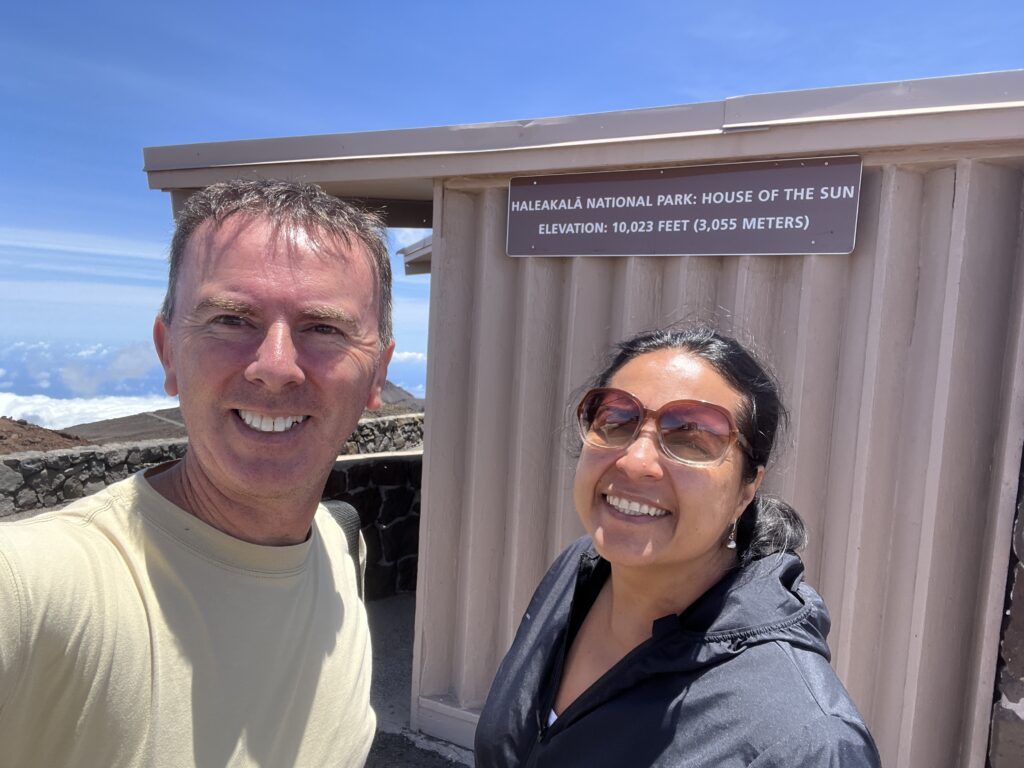
• Are you looking for more entertainment options?
Then Oahu is the perfect island for you. You will find many restaurants, shops and entertainment venues, especially around Honolulu and Waikiki, but there are also plenty of options to truly discover unspoiled and authentic Hawaii on Oahu.
